Museums
Museums in Yunnan
The Yunnan Silver Museum (云南银器博物馆), also known as the Heqing County Xinhua Village Silver Museum (鹤庆县新华村银器博物馆), is located in Xinhua Shizhaizi (新华石寨子) in Heqing County (鹤庆县). It is the first specialized silver museum in China, covering an area of over 10,000 square meters. The museum houses more than 2,000 pieces of handcrafted silver artifacts from the Tang (唐) and Song (宋) dynasties, including religious items, accessories, and crafts.
The Yunnan Silver Museum’s collection is a cultural emblem of Heqing (鹤庆), showcasing the historical development of silver craftsmanship in the region. The silver artifacts are categorized into three main types: decorative items, everyday utensils, and religious tools, all crafted by master artisans throughout history. This museum is vital for studying the historical, economic, and cultural development of the Dali (大理) area.
Yunnan’s long history, diverse ethnic groups, and complex topography contribute to a vibrant array of decorative items, making it a treasure trove of ethnic craftsmanship.
During the Spring Festival (春节), the museum is open to visitors for free, allowing guests to explore exquisite silver bracelets, rings, ornaments, tea sets, and other pieces. Visitors can appreciate the incredible craftsmanship and immerse themselves in the charm of Heqing silver jewelry.
Xinhua Village (新华村) in Heqing has a history of silver craftsmanship that spans over a thousand years. Bai (白族) artisans began creating handcrafted gold, silver, and copper ethnic ornaments during the Tang Dynasty under the Nanzhao Kingdom (南诏国) and have passed down their skills through generations.
Recognizing the advantages of this industry, Yunnan Investment Group (云南一集团) invested 267 million yuan to develop Xinhua Village starting in 2003, followed by an additional investment of over 40 million yuan to establish the Yunnan Silver Museum, which occupies an area of 10,000 square meters.
The Yunnan Silver Museum features over 2,000 pieces of silver artifacts from the Tang and Song dynasties. These items include:
In terms of craftsmanship, the artifacts showcase techniques such as gilding, enameling, cloisonné, and inlaying with glass, ivory, pearls, and various gemstones. The techniques displayed include relief carving, high relief, round carving, hollow carving, and fine engraving. The decorative themes encompass flowers, animals, figures, landscapes, and auspicious patterns like “two lions playing with a ball” (双狮戏球), “dragon and phoenix presenting auspiciousness” (龙凤呈祥), “blossoms representing wealth” (花开富贵), and “year after year with abundance” (年年有余).
The entire display covers every aspect of the functional use of silver products, featuring rare treasures from ancient silver craftsmanship.
Location: Xinhua Shizhaizi, Heqing County, Yunnan Province, China (云南省鹤庆县新华石寨子)
Distance from Yunhe Town: 4 kilometers
Distance from Lijiang Airport: 12 kilometers
Upon arriving at Lijiang Airport (丽江机场), head straight to the ancient village of Dali—Xinhua Village (鹤庆新华村). This hidden gem near Lijiang is part of Heqing County, Dali Prefecture. As you pass through the Caohai Wetlands (草海湿地), it feels like stepping into another world.
Inside the Yunnan Silver Museum, the first floor showcases numerous exquisite silver artifacts, each a masterpiece of craftsmanship. The second floor offers a tranquil tea space, while the third floor features a creative shop that dazzles visitors.
A special highlight is the metalwork studio, where the earrings are simply irresistible. The unique coloring techniques used in the silver products create vibrant and colorful pieces. Each earring is one-of-a-kind, with varying color effects resulting from different firing processes.
What was intended as a one-hour visit turned into three hours! If you love silver jewelry, this place is a must-visit!
To reach the Yunnan Silver Museum, you can take a bus or taxi from Dali City (大理市) to Heqing County. It is approximately 30 kilometers from Dali and 12 kilometers from Lijiang Airport.
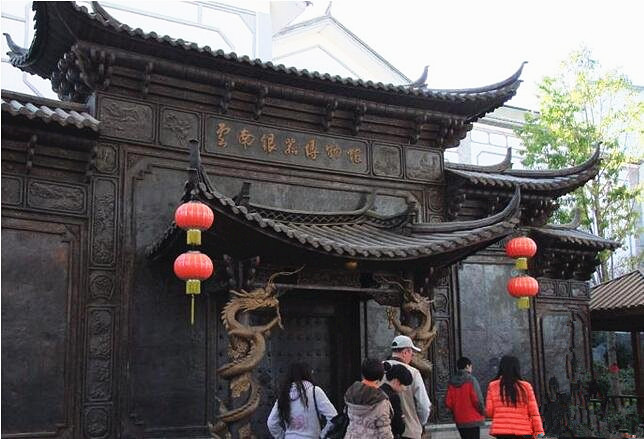
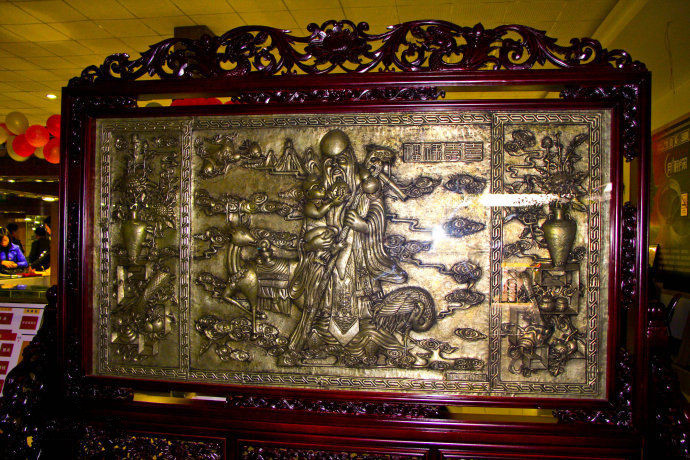
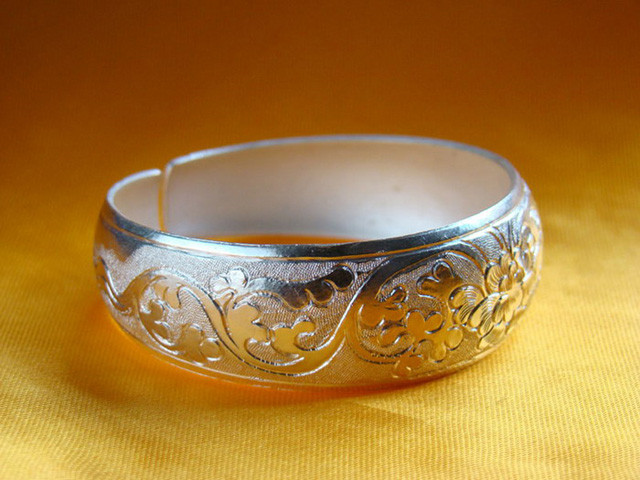
The Grand Marshal Residence of the President (总统兵马大元帅府, Zǒngtǒng Bīngmǎ Dàyuánshuài Fǔ) is located on the southern section of Fuxing Road (复兴路, Fùxīng Lù) within Dali City (大理市, Dàlǐ Shì), covering an area of 21,510 square meters. Originally built during the reign of the Kangxi Emperor (康熙, Kāngxī) in the Qing Dynasty (清朝, Qīngcháo), this site served as the Governor’s Office (提督府, Tídú Fǔ).
In 1856, during the sixth year of the Xianfeng Emperor’s reign (咸丰, Xiánfēng), the anti-Qing uprising led by Du Wenxiu (杜文秀, Dù Wénxiù) and predominantly consisting of Hui people (回族, Huízú) captured Dali. On September 17, they established a government, and on September 25, they erected an altar at Nanxiaochang (南校场, Nánxiàochǎng), where Du was elected as the Grand Marshal. The Governor’s Office was transformed into the Grand Marshal Residence, featuring two main courtyards, an entrance gate, an emperor’s platform (天子台, Tiānzǐ Tái), and a red stone terrace (丹墀, Dānchí), along with side halls and flower halls to the north and south.
The residence was equipped with a council hall (议事厅, Yìshì Tīng), a military affairs office (军机处, Jūnjī Chù, also known as Baihu Hall, 白虎堂, Báihǔ Táng), living quarters, a study, a guards’ room, and storage spaces, making it a large architectural complex. Du Wenxiu also composed couplets displayed in the main hall:
“天生英雄扭转中原世界;
地出豪杰戳破胡儿乾坤。”
(“Heaven gives birth to heroes who can turn the world;
The earth produces heroes who break through the barbarian realms.”)
The residence is surrounded by high walls and battlements, constructed of bricks and stones, modeled after imperial city architecture, and is commonly referred to as the “Forbidden City” (紫禁城, Zǐjìn Chéng).
After the uprising’s failure in 1872 during the eleventh year of the Tongzhi Emperor’s reign (同治, Tóngzhì), most of the Grand Marshal Residence was demolished. It underwent further reconstruction in the tenth year of the Guangxu Emperor’s reign (光绪, Guāngxǔ) but remained a Governor’s Office for Yunnan. During the Republic of China (民国, Mínguó) era, it served as the headquarters for various military regions, including the Tengchong-Dali (腾冲大理, Téngchōng Dàlǐ), Chuxiong-Dali (楚雄大理, Chǔxióng Dàlǐ), and the Western Yunnan Military Region (滇西师管区, Diān xī Shī Guǎnqū).
In 1987, based on historical records, the council hall, Baihu Hall, the Forbidden City Gate (紫禁门, Zǐjìn Mén), the main entrance, study, and southern city wall of the Forbidden City were gradually restored. The architectural layout is meticulous and structured.
In 1987, the Dali Museum (大理市博物馆, Dàlǐ Shì Bówùguǎn) was established within the residence, covering 1,404 square meters and housing over 2,800 artifacts, including local stone tools, pottery, bronze ware, porcelain, jade, and various stone, jade, and wood carvings as well as calligraphy. In 1990, some of the museum’s exhibits received high praise from the international cultural heritage community during exhibitions in Switzerland and Japan.
To visit the Grand Marshal Residence of the President:
The Grand Marshal Residence offers visitors a deep dive into Dali’s rich history and cultural heritage, making it a must-see destination for anyone exploring the region.
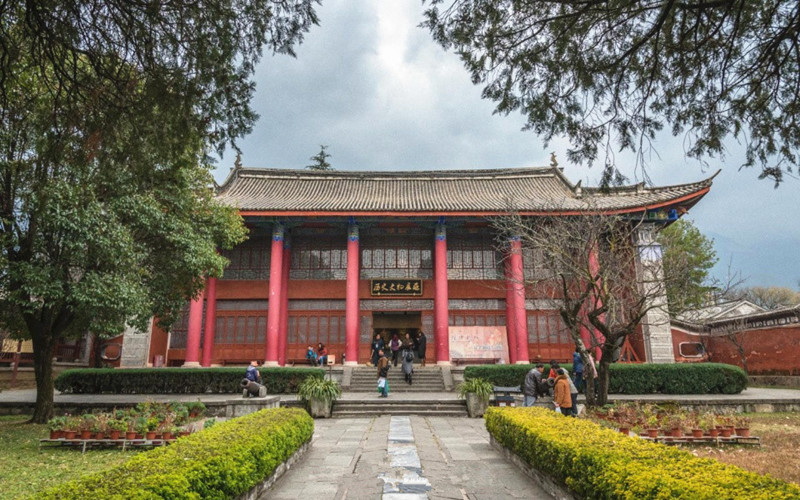
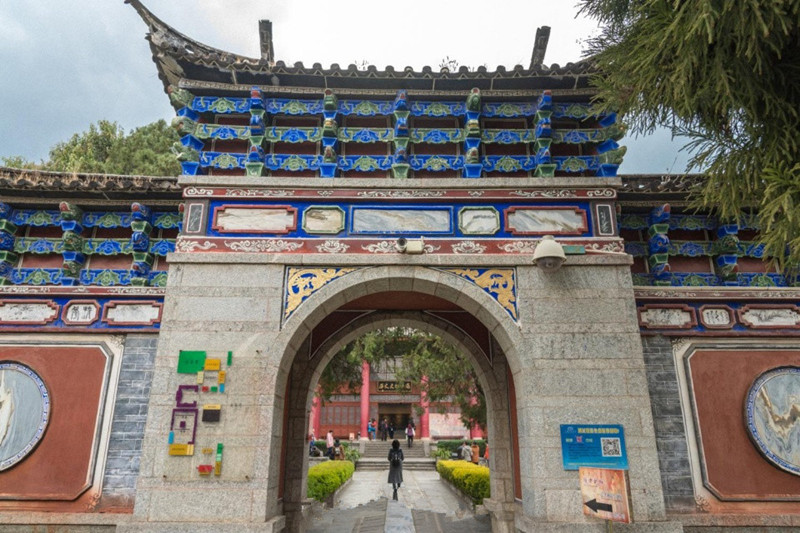
The Dali Rural Film History Museum (Dali Zhou Dianying Dang’anguan, 大理州电影档案馆/大理中国农村电影历史博物馆) is located at 459 Fuxing Road, Dali Ancient City, Yunnan Province, China. It officially opened in 2011, established by the Dali Prefecture Party Committee and Government to preserve, display, and enhance Dali’s rural film culture. The museum was transformed from the original Dali Cinema, maintaining its historical appearance while enriching the cultural essence of the ancient city and promoting tourism.
The museum is the first specialized film museum in Yunnan and the first in the country dedicated to rural film history. In February 2011, the local government invested over 8 million RMB to renovate the old cinema, reinforcing its structure and surroundings. It officially opened during the “March Street” Ethnic Festival in April 2011.
The museum covers a total investment of approximately 8 million RMB, divided into several exhibition areas: the introductory hall, large film screening equipment display area, rural film screening scene recreation area, premium film display and costume exhibit area, and an old film screening experience zone. It highlights the century-long history of film screening in Dali through various exhibits including vintage photos, film posters, and original film equipment.
Starting in late 2010, the museum began collecting exhibits through purchase, donations, and loans, gathering over 6,200 items. The collection includes items from the silent film era to modern films such as “Five Golden Flowers” (五朵金花), showcasing Dali’s film history and its rich cultural context.
“Five Golden Flowers” remains a significant cultural emblem for Dali, with its theme song “By the Butterfly Spring” resonating through generations. Cast members often gather at the museum to reflect on their experiences, connecting deeply with the local culture.
In April 2016, the museum hosted the “Cross-Strait Film Exhibition Week,” gathering artists and scholars to discuss the impact of minority films in Yunnan and Taiwan. This initiative has fostered cultural exchange and promoted the development of minority films globally.
The museum serves as an essential cultural project, enhancing tourism while preserving historical film culture. It has hosted over 300,000 visitors and screened over 2,000 public films, enriching the daily cultural life of the community.
The museum is easily accessible by public transportation from Dali’s city center. Visitors can take local buses or taxis directly to Fuxing Road. For those driving, ample parking is available nearby.
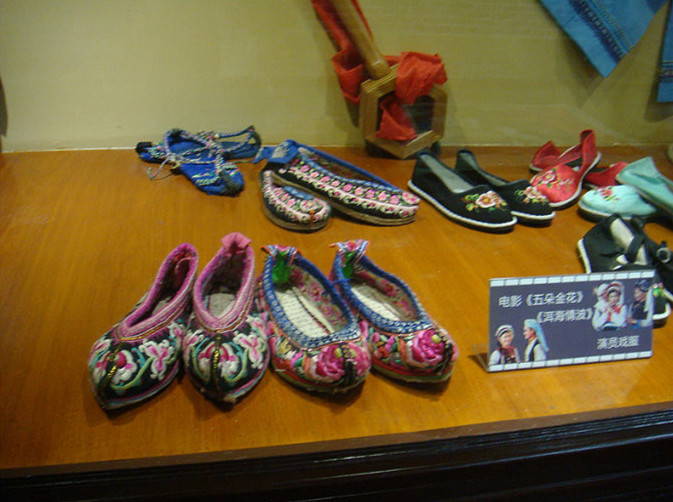
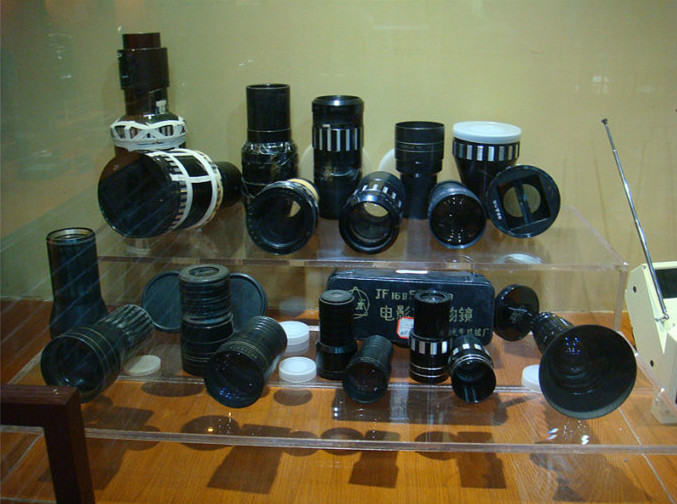
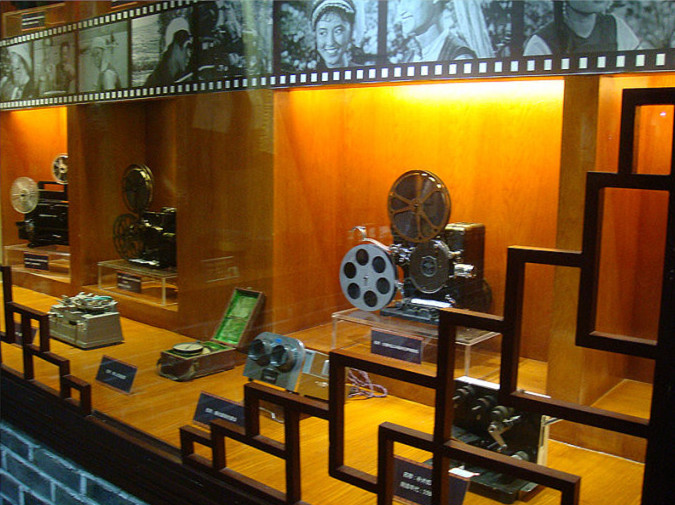
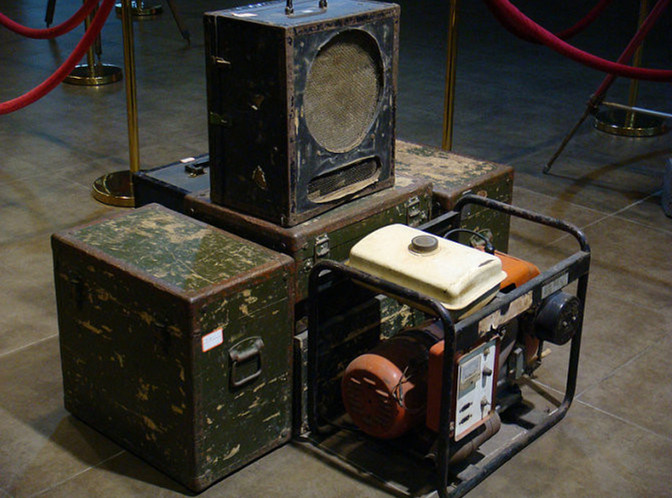
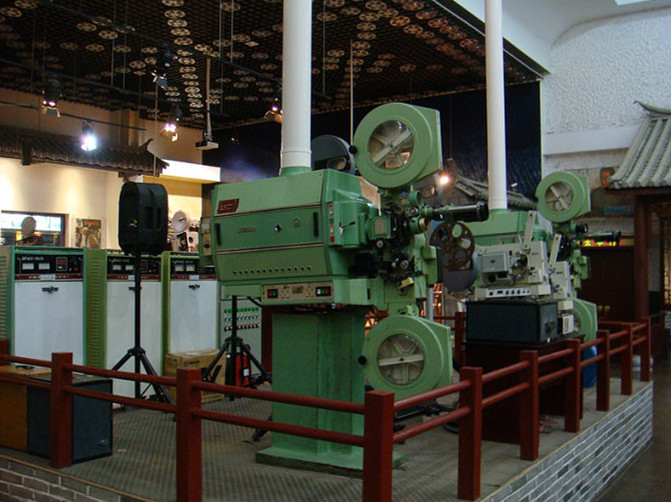
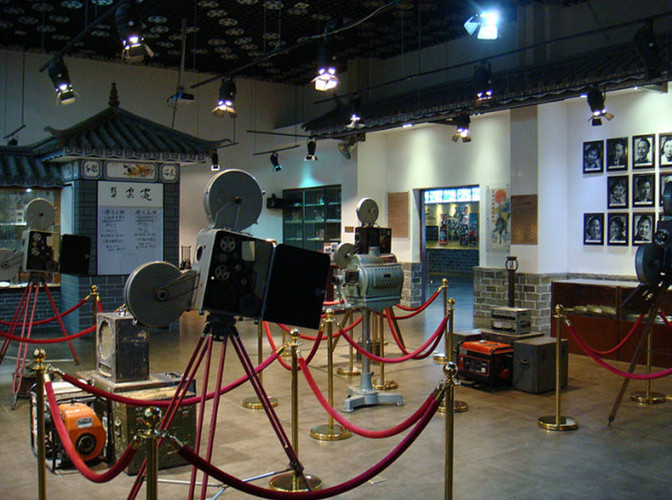
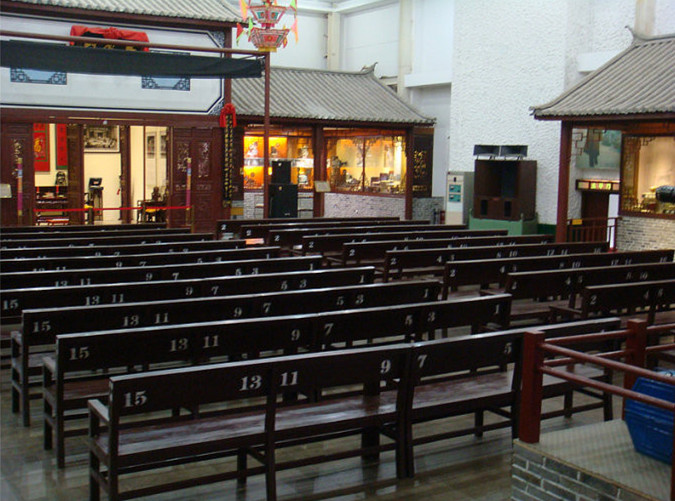
The Weishan Folk Custom Museum (巍山民俗博物馆) is located in Renwen Lane on South Street in Weishan Ancient Town, Dali Prefecture, Yunnan Province, China. This private museum was originally the residence of Liang Meisheng, the eldest daughter of one of the four prominent families during the Weishan Chieftain era, and is now known as Liang’s Residence (梁大小姐宅). The museum is the culmination of the hard work of Zou Jingqian and his father, housing over 20,000 antique artifacts from various dynasties.
In the Weishan Folk Custom Museum, visitors can find a diverse range of exhibits, including stone axes from the Neolithic period, ancient thangka paintings, stone inscriptions, and artifacts related to horse caravans. Additionally, the museum showcases complete furniture and tools from the Republic of China period, providing a glimpse into the historical and cultural richness of the Weishan area.
Many visitors overlook this museum, hidden in Renwen Lane of Weishan Ancient Town. It is an intimate space where the spirit of local customs and history is preserved, making it a unique stop for those interested in cultural heritage.
The museum features nine major exhibition zones:
Enjoy your visit to the Weishan Folk Custom Museum, where the vibrant history and culture of the region come alive!
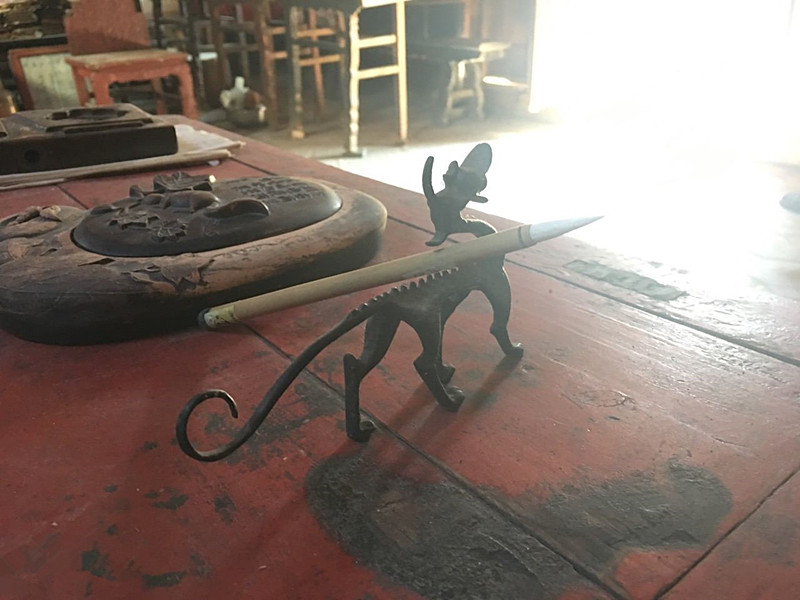
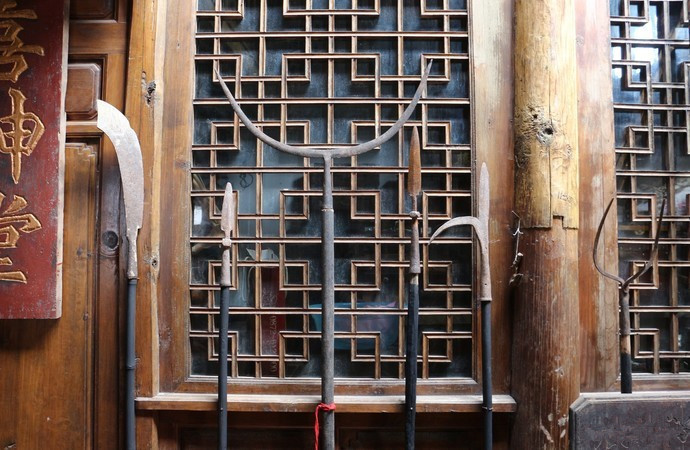
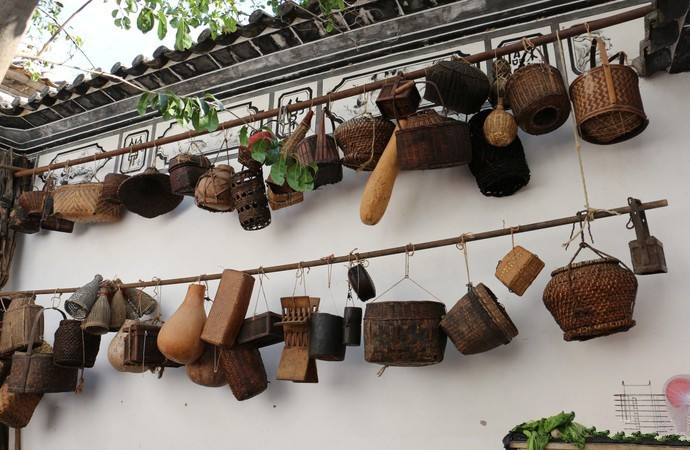
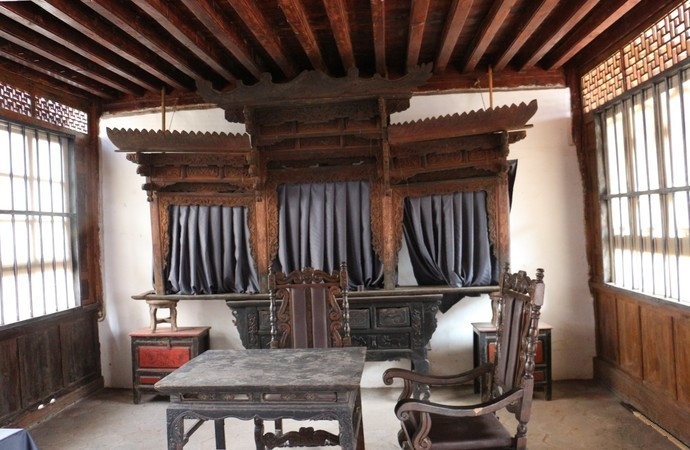
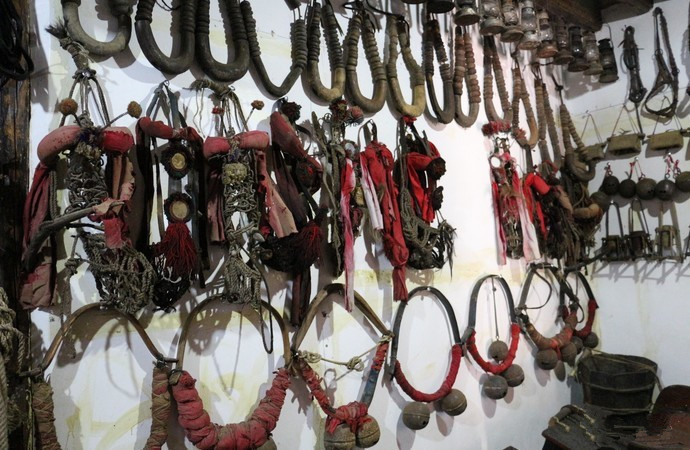
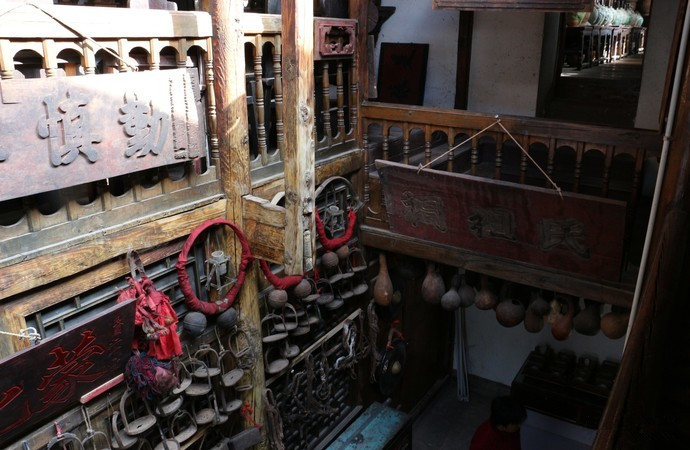
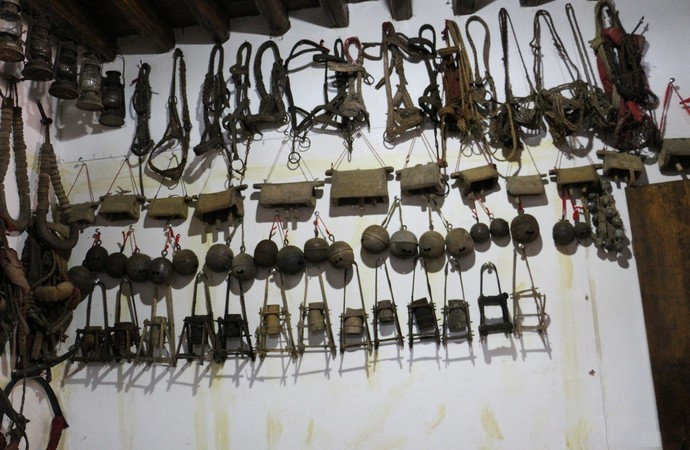
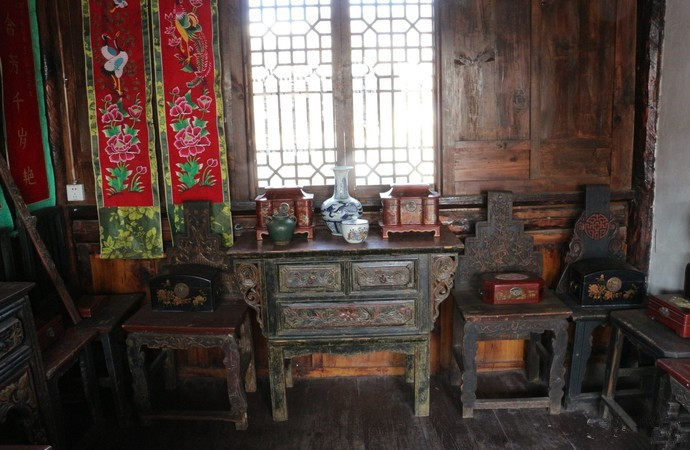
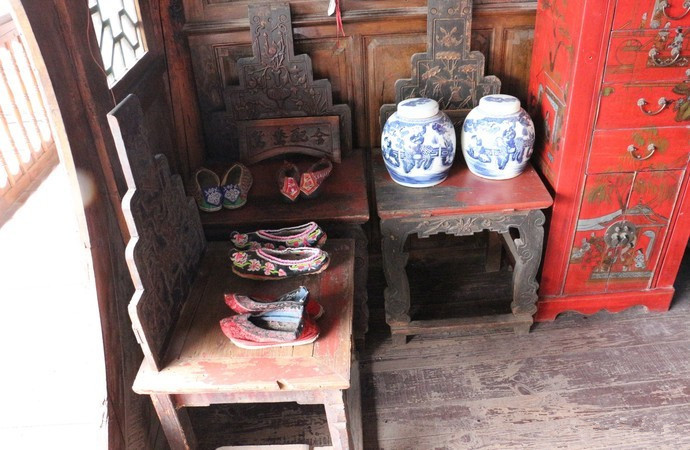
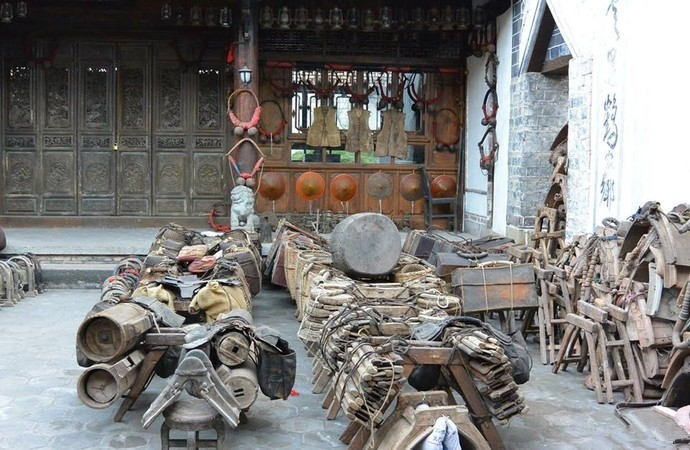
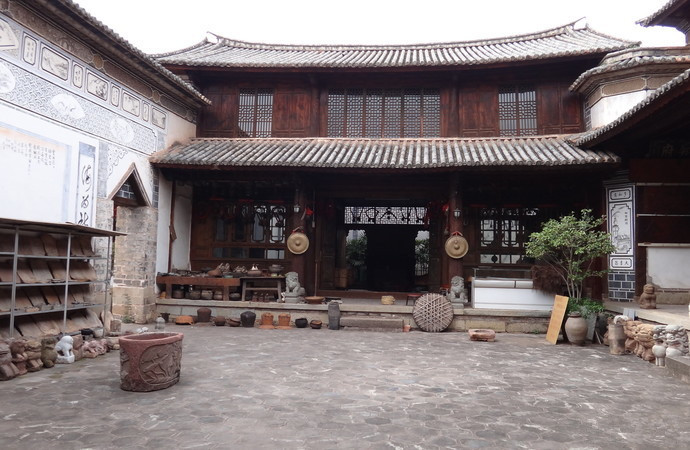
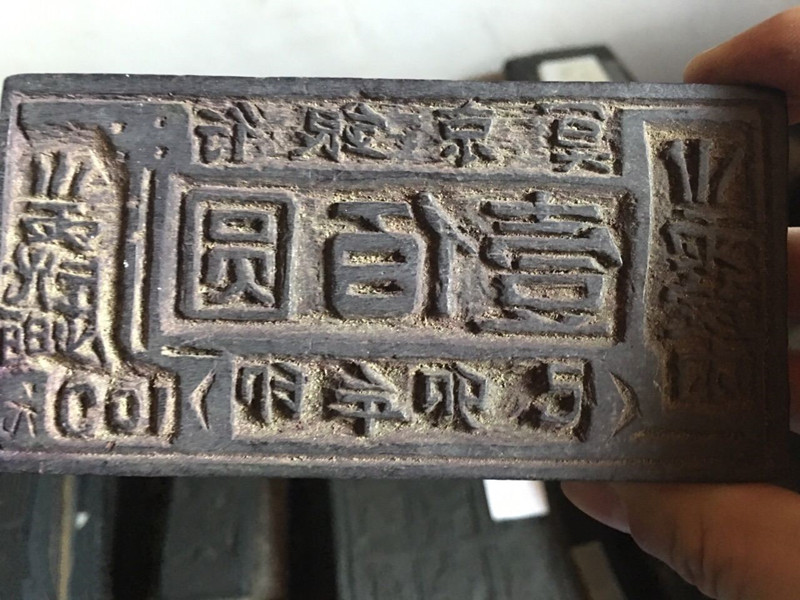
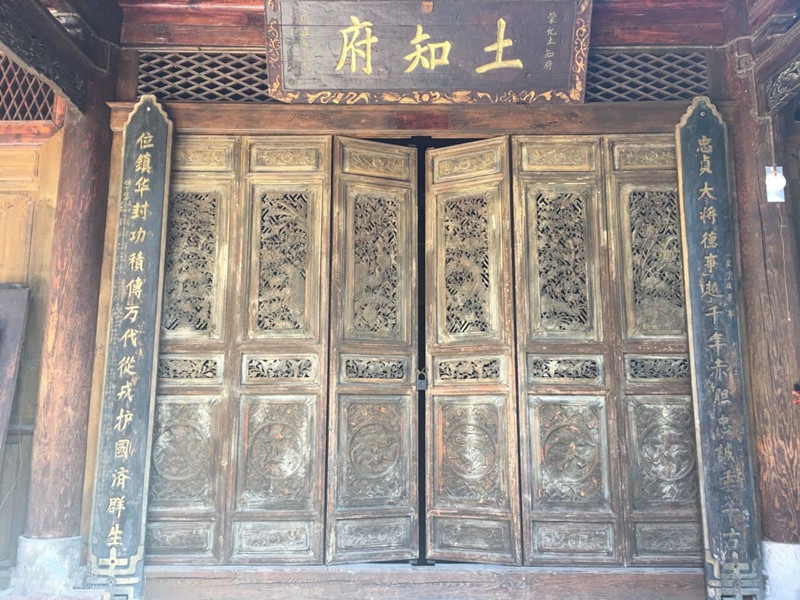
The Bulang Ecological Museum (布朗族生态博物馆) is located in Zhanglang Village (章朗村), Xiding Township (西定乡), Menghai County (勐海县), within the rich natural and cultural environment of Xishuangbanna (西双版纳). This area is renowned for its diverse heritage, including tangible and intangible cultural assets, and serves as a convergence zone for primitive religious culture, Buddhist culture, ethnic folk culture, and ancient tea culture. It boasts over a thousand years of historical villages, the oldest Bulang Buddhist temple (布朗族古佛寺) in Xishuangbanna, ancient tea gardens over a century old, and the lush, dense “Longshan” forest surrounding the village, reflecting the traditional virtues and customs of the Bulang ethnic group.
The Bulang Ecological Museum (布朗族生态博物馆) showcases the natural environment and cultural context of Zhanglang Village (章朗村), providing a rich tapestry of its tangible and intangible heritage. This museum is a significant resource for understanding the integration of local culture with its ecological context.
The Bulang Ecological Museum (布朗族生态博物馆) is built on the principles of “protecting the ecological environment, promoting ecological culture, developing ecological economy, and constructing ecological civilization.” Its implementation follows a model of “government leadership, expert guidance, and community participation.” The museum focuses on the “holistic protection, origin preservation, and self-protection by residents” of Zhanglang Village (章朗村), ensuring a balanced ecological relationship between people, resources, and the environment. This approach promotes sustainable and harmonious development in line with scientific development concepts.
The establishment of the museum has positioned Zhanglang Village (章朗村) as a crucial platform for showcasing and promoting Bulang culture, facilitating deeper research and exchanges among Bulang communities across different regions. This initiative has heightened awareness and support for Bulang development and revitalization, aiming to enhance national pride and confidence, invigorate the spirit of the Bulang people, and find effective solutions to poverty and development challenges.
Notably, the museum, organized under the leadership of the Xishuangbanna Prefectural Committee of the Communist Party of China (中共西双版纳州委), has integrated itself into the management of the village, allowing for self-governance by the villagers. This integration ensures the museum remains a vital part of community life, contributing to the prosperity and development of the Bulang community.

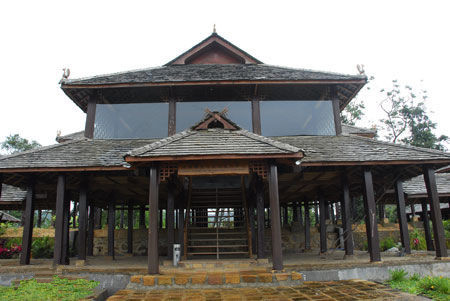
The Xishuangbanna Nationalities Museum (西双版纳民族博物馆) is located in the tourism resort area of Man Nong Feng (曼弄枫) on Rainforest Avenue (雨林大道) in Jinghong City (景洪市), Xishuangbanna Dai Autonomous Prefecture (西双版纳傣族自治州), Yunnan Province (云南省). Covering an area of 100,000 square meters, with a construction area of over 20,000 square meters, the museum features an exhibition area of 4,300 square meters and serves as a comprehensive local museum.
The museum officially opened on November 11, 2010, showcasing a vast collection of artifacts predominantly consisting of stone tools, bronze ware, pottery, porcelain, silverware, bamboo and wooden utensils, currency, folk artifacts, and memorabilia from the “Sent-Down Youth” movement. According to the Chinese Museum Guide, the museum houses a total of 2,400 items divided into categories of ancient, folk, and “Sent-Down Youth” artifacts.
The museum occupies 100,000 square meters, with over 20,000 square meters of building space and 4,300 square meters of exhibition area.
The Xishuangbanna Nationalities Museum consists of a main hall, five permanent exhibition halls, and two temporary exhibition halls. The five permanent exhibitions include:
The History and Contemporary sections display Xishuangbanna’s historical culture through physical artifacts from different periods. The Ethnic section showcases diverse ethnic artifacts, including tools, clothing, and musical instruments. The Nature section uses three-dimensional models, photographs, and specimens to demonstrate Xishuangbanna’s unique natural environment, renowned as a “Kingdom of Animals,” “Kingdom of Plants,” and “Gene Pool of Species.”
The Xishuangbanna Nationalities Museum’s collection comes from various sources, including artifacts transferred from the Xishuangbanna Political Consultative Conference, existing collections from the Xishuangbanna Cultural Relics Management Office, archaeological finds, and folk donations. The museum primarily houses stone tools, bronze ware, pottery, porcelain, silverware, bamboo and wooden utensils, currency, folk artifacts, and “Sent-Down Youth” memorabilia. The total number of artifacts is 2,400, categorized into ancient, folk, and “Sent-Down Youth” collections.
To ensure systematic, scientific, and standardized management of collections, the museum has installed preservation equipment in its storage facilities, incorporating security and fire prevention measures, as well as controlled ventilation, temperature, and humidity. Surveillance cameras and alarm systems are installed in exhibition areas to protect artifacts.
The museum organizes various educational activities and community engagement programs. Through official announcements from the Xishuangbanna Party Committee and the People’s Government, the museum invites local officials, military personnel, students, and community members to visit. These initiatives promote patriotism and awareness of Xishuangbanna’s rich historical and cultural heritage.
The museum actively celebrates events such as International Museum Day (5.18) and Cultural Heritage Day, engaging in legal awareness campaigns about cultural relics protection. Museum staff distribute informational materials and conduct live explanations of relic knowledge, utilizing media such as radio and newspapers to raise public awareness of cultural relic protection.
The Xishuangbanna Nationalities Museum serves as a comprehensive institution reflecting the unique characteristics of the Dai ethnic group and aiming to promote the cultures of various ethnicities in Southeast Asia. It holds responsibilities in cultural relic management, scientific research, and educational outreach. The museum oversees several key cultural heritage sites, including the Manfeilong Pagoda (曼飞龙白塔), Jingzhen Octagonal Pavilion (景真八角亭), and the Manduan Temple (曼短佛寺).
The Xishuangbanna Nationalities Museum is located at Rainforest Avenue in the Man Nong Feng area of Jinghong City, Xishuangbanna Dai Autonomous Prefecture, Yunnan Province.
To reach the Xishuangbanna Nationalities Museum, visitors can use public transportation such as buses or taxis from Jinghong City center. For those driving, there are designated parking areas nearby.
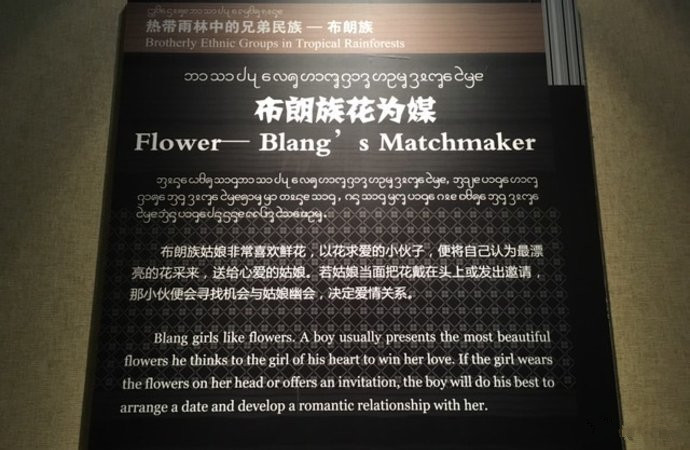
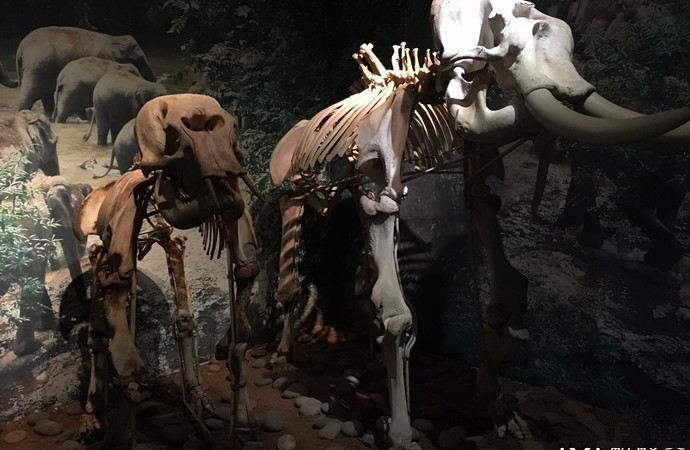
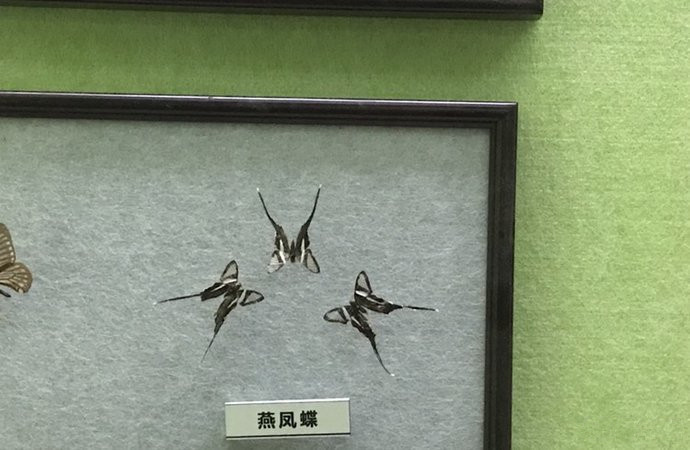
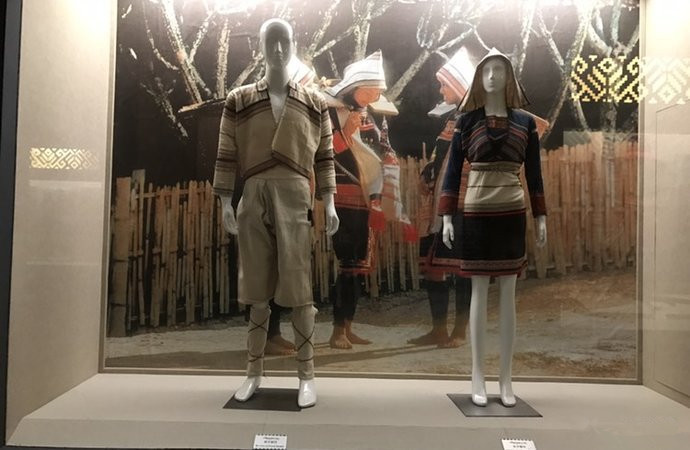
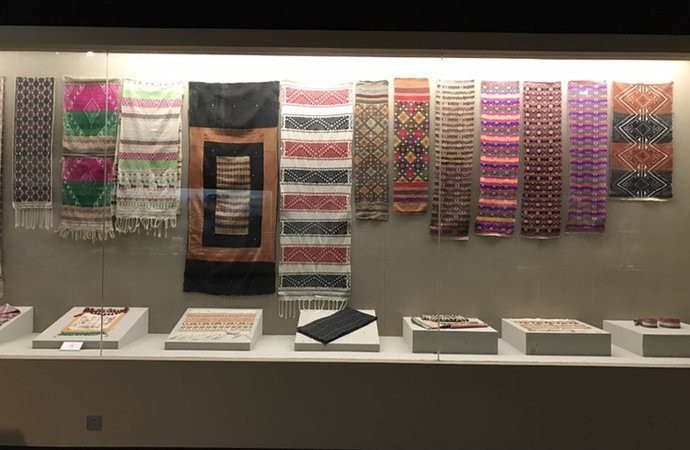
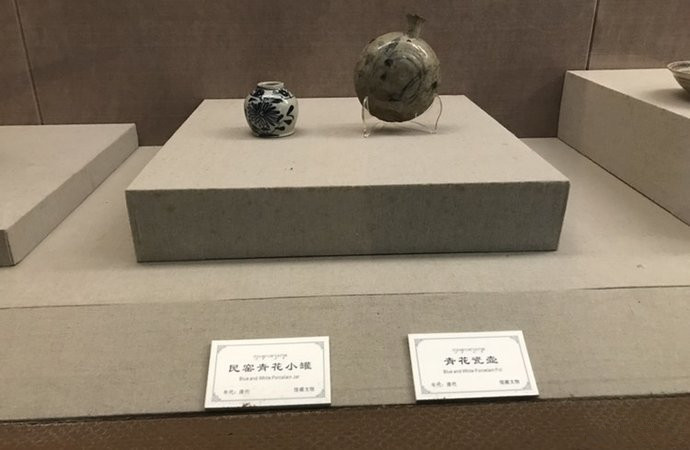
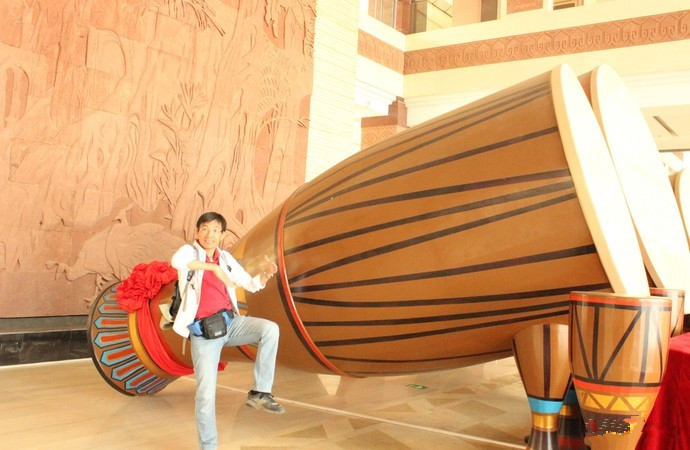
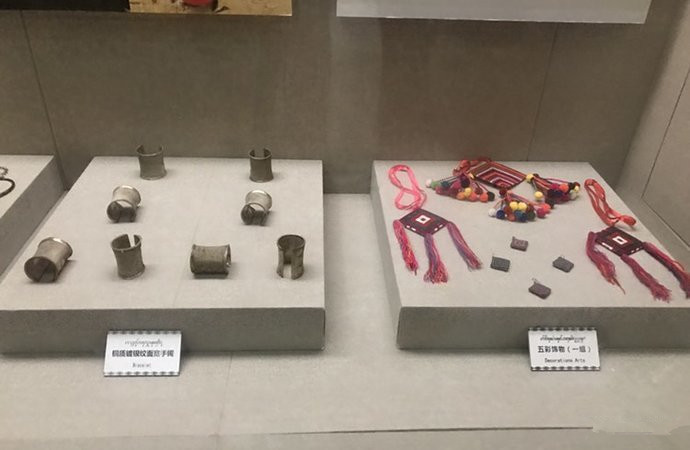
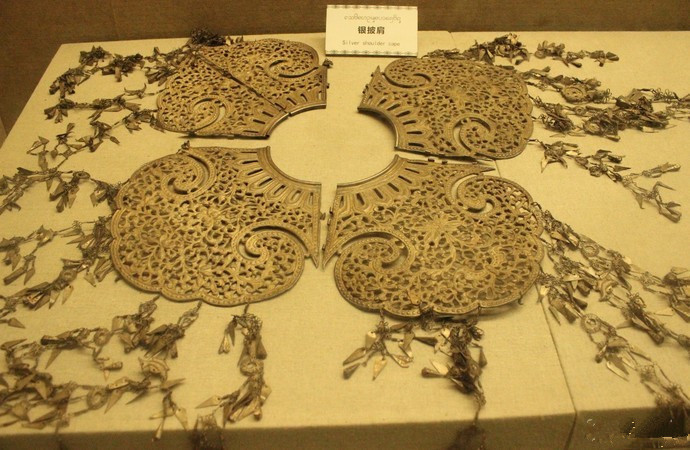
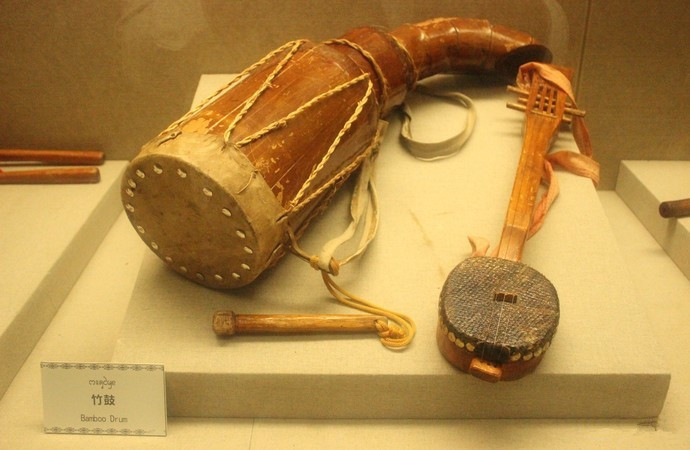
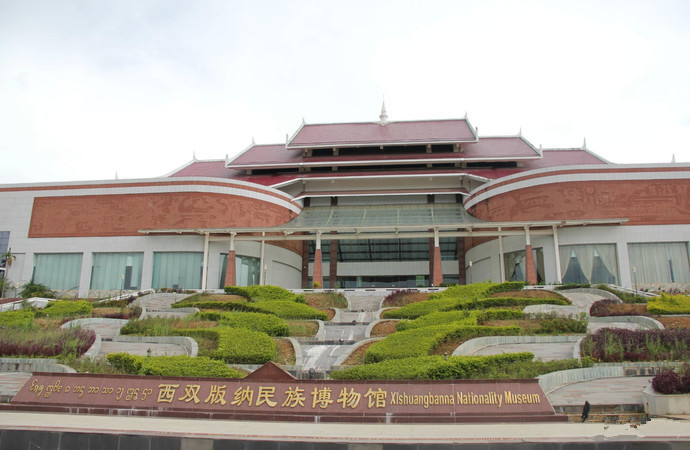
The Museum of Gejiu City is located at 15 Baohua Road (宝华路15号) within the Yun Temple (云庙) in Gejiu City, Honghe Prefecture (红河州). Established in November 1987, the museum officially opened to the public in November 1995. It shares administrative operations with the Gejiu Municipal Arts Center (市群众艺术馆), where the center’s director also oversees the museum. In 2005, the museum separated from the Arts Center and partnered with the Cultural Relics Management Office (文物管理所), becoming an independent legal entity.
The museum is housed in the Yun Temple, originally built in the 30th year of the Qianlong Emperor (乾隆三十年, 1765). The temple, also known as the Yun Provincial Guild Hall (云省会馆), served as a meeting place for merchants and industrialists from Yunnan to discuss mining and trade of tin. Situated facing northwest, it functioned as the economic and financial center of Gejiu during the late Qing Dynasty and the Republic of China. After the founding of the People’s Republic of China, it was repurposed as a recreational and tourist spot.
Originally constructed as a traditional courtyard complex, the museum covers an area of 10,000 square meters. However, during the Cultural Revolution (十年浩劫), most of the buildings were demolished, leaving only parts of the second courtyard, including the main hall and smaller temples dedicated to the God of Wealth (财神) and the Ningyun Pavilion (凝云轩), along with a hexagonal pavilion and a lotus pond. Today, it occupies over 3,000 square meters, with a building area of 1,600 square meters. The architectural style reflects early Qing Dynasty garden aesthetics, creating an elegant and pleasant environment, making it a civil unit of Gejiu City. In 1986 and 1991, the local governments declared the Yun Temple a municipal key cultural relic protection unit.
The museum boasts a collection of over 2,600 cultural relics, including nearly 300 items of various stone tools, human teeth fossils, and ancient biological fossil specimens. Among the most notable artifacts are the Eastern Han Dynasty bronze figurine lamp (东汉铜俑灯), Eastern Han Dynasty bronze three sheep box (东汉铜三羊盒), and various bronze measuring instruments (铜量器).
Since its establishment, the museum has hosted various exhibitions, including:
These exhibitions reflect the history and technological, cultural, and artistic achievements of Gejiu’s tin mining development. Additionally, the museum organizes annual exhibitions of photography, fine arts, and calligraphy.
The Museum of Gejiu City is easily accessible by public transportation or taxi from anywhere in Gejiu City. It is situated near popular local landmarks, making it a convenient stop for visitors.
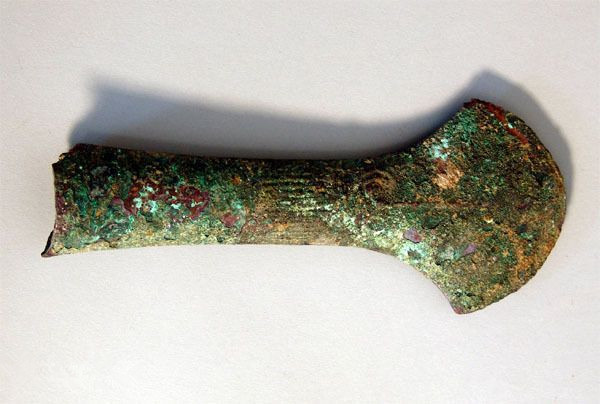

The Hani Ethnic Minority Museum (绿春县博物馆/哈尼族博物馆) is located in the Lüdong New District (绿东新区) of Luchun County (绿春县), Honghe Prefecture (红河州), Yunnan Province (云南省). It is the only museum in the world dedicated to the Hani ethnic group (哈尼族).
The museum began construction in May 2006 and officially opened to the public during the International Hani/Akha Academic Conference (国际哈尼/阿卡学术讨论会) in November 2008. It was formally established as the Luchun County Museum (绿春县博物馆) on January 30, 2011, approved by the Yunnan Provincial Bureau of Cultural Relics (云南省文物局). Since its opening, the museum has welcomed over 110,000 domestic and international visitors.
The museum spans 6,500 square meters, including the plaza in front of the museum and totem poles (图腾柱) representing the six ethnic groups (世居民族) residing in Luchun County, with an investment of over 12 million yuan.
The total building area of the museum is 3,456 square meters, with 2,200 square meters dedicated to exhibition halls. The museum features 12 exhibition halls, including:
The museum houses 2,998 valuable tangible cultural heritage items (包括相关书籍) related to the production, life, religion, textiles, and clothing of the Hani ethnic group (哈尼族). As the only Hani museum in the world, it plays a vital role in preserving and showcasing Hani culture.
The museum combines contemporary theories with regional characteristics and the overall culture of the Hani/Akha people, utilizing modern techniques alongside traditional cultural expressions to collect, preserve, and display the customs, beliefs, and lifestyles of the Hani people comprehensively.
The Hani Ethnic Minority Museum integrates advanced multimedia methods, including video presentations and performances, to enhance the preservation of Hani cultural heritage. It serves as a comprehensive resource center for research, development, and protection of Hani traditions.
Visitors to the museum will experience unique Hani cultural practices, such as the Long Street Feast (长街宴) and an eight-part choir (八声部合唱团), alongside folklore and myths that reflect the deep historical roots and values of the Hani people.
To reach the museum, take bus routes 1, 2, or 5 to the Fengqing Park Road Station (风情园路口站), and walk south for 100 meters.
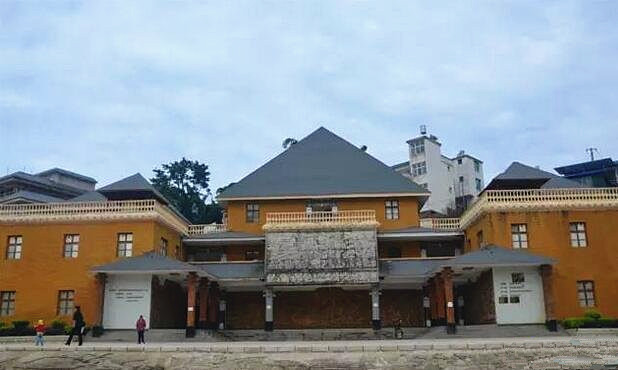
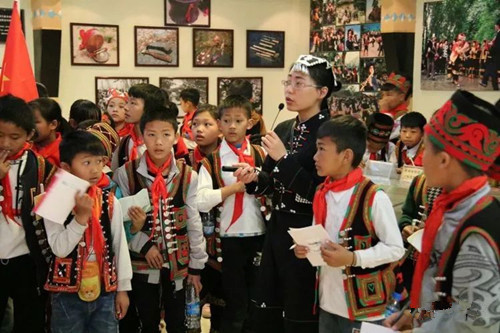
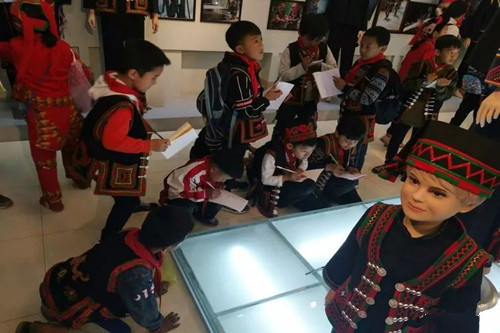
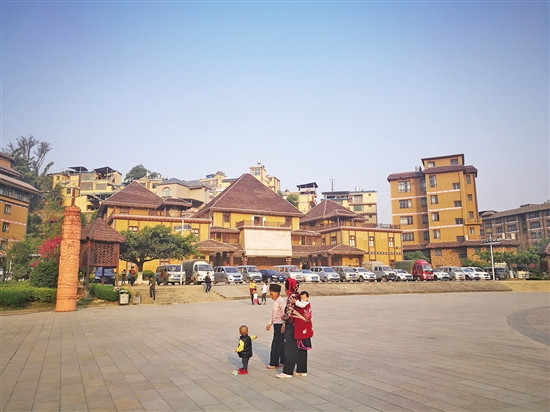
Location:
The Maandi Butterfly Exhibition Hall (马鞍底蝴蝶展览馆, Mǎ’āndǐ Huǐdié Zhǎnlǎn Guǎn), also known as Maandi Butterfly Valley (马鞍底蝴蝶谷, Mǎ’āndǐ Huǐdié Gǔ), is located in Jinping County (金平县, Jīnpíng Xiàn), Honghe Hani and Yi Autonomous Prefecture (红河哈尼族彝族自治州, Hónghé Hānízú Yízú Zìzhìzhōu), Yunnan Province (云南省, Yúnnán Shěng). The ecological environment here is exceptionally well-preserved, and the butterfly resources are abundant. The local government has established the “China Honghe Butterfly Exhibition Hall” to organize and collect numerous butterfly specimens from the area, promoting ecological awareness and butterfly knowledge. It is a must-visit destination.
In 2005, Professors Liu Jiazhu (刘家柱, Liú Jiāzhù) and Zhou Xuesong (周雪松, Zhōu Xuěsōng) from Southwest Forestry University (西南林业大学, Xīnán Línyè Dàxué) came to Maandi Township (马鞍底乡, Mǎ’āndǐ Xiāng) to investigate and study local ecological and plant resources. They discovered a vast variety of butterfly species and numbers, which initiated research on the local butterfly resources.
Maandi Valley is home to a diverse range of butterfly species, including:
Many of these species are rare in China, including the national butterfly, the Chinese Swallowtail Butterfly (中国国蝶, Zhōngguó Guó Dié), the贵凤蝶 (Guì Fèng Dié), and the Brown-hooked Phoenix Butterfly.
Every year, from May to June, thousands of butterflies flutter in the valleys, bamboo forests, and beside streams, creating a rare ecological wonder. The beauty of Maandi Valley is captured in Jin Yong’s (金庸, Jīn Yōng) novel “The Heaven Sword and Dragon Saber” (倚天屠龙记), where there is a stunning valley named “Butterfly Valley,” described as a place where “spring is splendid, and butterflies are everywhere.” In Honghe Prefecture, the sight of billions of butterflies dancing is a real phenomenon.
Globally, approximately 20,000 butterfly species have been documented, with around 2,100 species found in China. The Honghe Butterfly Valley hosts over 320 species, making it one of the richest areas in the world for butterfly populations and diversity, often referred to as the “Butterfly Museum hidden in the mountains.”
Located in Jinping County’s Maandi Township, the Honghe Butterfly Valley enjoys an average annual temperature of about 18°C, with a mild climate and abundant rainfall. The lush bamboo forests covering over 40,000 acres provide ample food sources for butterfly larvae and favorable conditions for their reproduction.
Yang Zhenwen (杨镇文, Yáng Zhènwén), 46 years old, is the director of the Butterfly Valley Museum and a butterfly monitor. For 25 years, he has traversed the mountains, engaged in the protection, investigation, and research of butterfly biodiversity, earning him the affectionate title of “Butterfly Dad” among locals.
According to Yang, “One mountain can have four seasons, and ten miles can bring different weather. This is one of Yunnan’s mountainous regions with a three-dimensional climate.” The original ecological environment and plant diversity within Butterfly Valley provide an excellent biodiversity environment for various butterflies.
Notably, the Gold-spotted Beak Phoenix Butterfly (金斑喙凤蝶, Jīn Bān Huì Fèng Dié) is one of China’s ten rarest butterflies, and the wings of the Golden Phoenix Butterfly (金裳凤蝶, Jīn Cháng Fèng Dié) are large and beautiful.
During the butterfly emergence phase, which occurs in late May to early June, millions of larvae develop into butterflies. Yang mentioned that the Arrow Ring Butterfly will soon enter a concentrated outbreak phase, with swarms of butterflies fluttering through the serene forests, creating a rare ecological spectacle.
The so-called butterfly outbreak refers to the phenomenon where, from May to June each year, the Arrow Ring Butterfly larvae undergo rapid pupation and transformation into butterflies. During this period, billions of Arrow Ring Butterflies gather in the forests, by streams, and along mountain paths, creating a breathtaking biological spectacle.
The occurrence of this butterfly outbreak depends not only on the local ecosystem but also on the careful nurturing by people like Yang Zhenwen, the “Butterfly Dad.” Due to the large butterfly population, many butterflies struggle to find food. They primarily survive on dew and sap, which are insufficient for their growth and development needs.
To support their growth, butterfly researchers and local villagers spent six years developing a nutrient solution made from water, sugar, glutinous rice flour, and pineapple. After emerging from their pupae, butterflies mainly feed on nectar or the juices of decaying matter. During the outbreak, Yang sprays this nutrient solution in the mountains to enhance the butterflies’ nutrition and prolong their lifespan.
In the 1980s, some locals used pesticides to kill butterflies, but it was later realized that this harmed the ecological environment. Wu Ziweng (吴自文, Wú Zìwén), a villager engaged in butterfly breeding, stated that butterflies are a gift from nature. Through the villagers’ care and protection, the number of butterfly species has increased, and the ecological environment has improved.
Today, the villagers of Maandi have spontaneously formed the Colorful Butterfly Cooperative (七彩蝴蝶专业合作社, Qīcǎi Huǐdié Zhuānyè Hézuòshè), with more and more villagers engaged in butterfly breeding. “Protecting forests, water sources, and butterflies has become a conscious behavior among the locals, written into village regulations,” Yang noted.
“We are enhancing biodiversity protection efforts in our jurisdiction and have established management regulations for the Maandi Butterfly Valley, educating the public on ecological protection awareness,” said Wu Huahao (吴华昊, Wú Huáhào), the deputy secretary of the Jinping County Party Committee and county mayor. In recent years, local authorities have worked to maximize the growth environment and living space for butterflies.
Since opening to the public in 2010, Butterfly Valley has received nearly 1.9 million visitors. The unique butterfly resources have led to special protective measures. Currently, a breeding base with butterfly release gardens, observation areas, and educational facilities has been established, where the story of harmonious coexistence between humans and butterflies continues.
The Maandi Butterfly Exhibition Hall is located in Jinping County and can be accessed through various transportation methods.
Visiting the Maandi Butterfly Exhibition Hall offers a unique opportunity to witness the incredible biodiversity of butterflies and appreciate the local ecological efforts in preserving these delicate creatures.
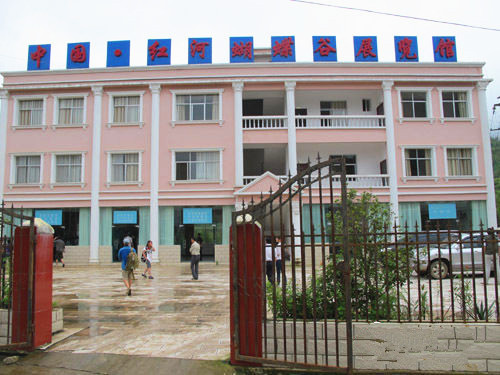
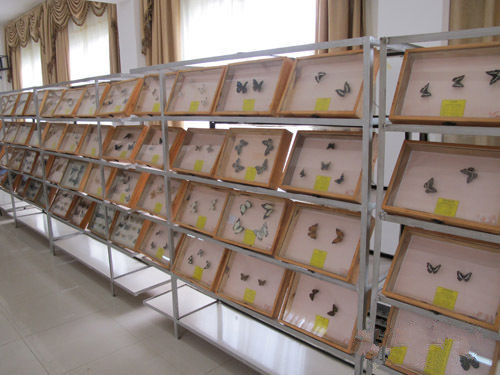
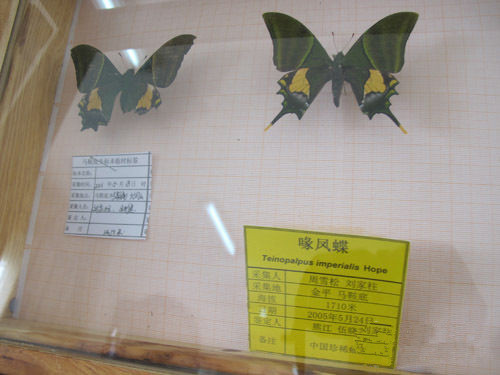
Location:
http://www.hhhdg.cn/index.php?c=article&id=81
The Museum of the Red Army’s Long March (迪庆红军长征博物馆, Dìqīng hóngjūn chángzhēng bówùguǎn) is located at 1 Jīnlóng Street (金龙街, Jīnlóng jiē), Dukezong Ancient Town (独克宗古城, Dúkèzōng gǔchéng), Jian Tang Town (建塘镇, Jiàn táng zhèn), Shangri-La City (香格里拉市, Xiānggélǐlā shì), Diqing Tibetan Autonomous Prefecture (迪庆藏族自治州, Dìqīng zàngzú zìzhìzhōu) in Yunnan Province (云南省, Yúnnán shěng). Covering an area of 4,049.34 square meters, with a building area of 3,106.92 square meters and an exhibition area of 2,400 square meters, it serves as a historical museum dedicated to social sciences.
On July 1, 1984, the museum was established as the Red Army Long March Memorial Hall (红军长征纪念馆, Hóngjūn chángzhēng jìniànguǎn) under the administration of the Cultural Bureau of Zhongdian County (中甸县, Zhōngdiàn xiàn). At the end of 2006, after relocating surrounding residents, the Diqing military district handed over a health clinic to the museum. The original exhibits were upgraded, and the museum was renamed the “Museum of the Red Army’s Long March.” It officially opened on August 20, 2007. By the end of 2019, the museum housed 280 items (sets) in its collection.
On June 19, 2021, the museum was designated as a “National Demonstration Base for Patriotic Education” by the Central Propaganda Department (中央宣传部, Zhōngyāng xuānchuán bù).
The Museum of the Red Army’s Long March is located at the “Central Town Public Hall” (中心镇公堂, Zhōngxīn zhèn gōngtáng), a key national cultural relic protection unit.
Construction of the Central Town Public Hall began in the second year of the Yongzheng era (雍正, Yōngzhèng) of the Qing Dynasty (清朝, Qīng cháo) in 1724, although it has been destroyed and rebuilt several times. In the eighth year of the Guangxu era (光绪, Guāngxù) in 1882, the hall was repaired. It served as a place for local Tibetan people to conduct ancestral worship, recite scriptures, hold meetings, and manage funerals and weddings.
In 1936, during the Long March, notable leaders such as He Long (贺龙, Hè Lóng), Xiao Ke (肖克, Xiāo Kè), and Ren Bishi (任弼时, Rèn Bìshí) passed through Zhongdian and established their command headquarters here, convening the famous “Zhongdian Conference” (中甸会议, Zhōngdiàn huìyì). During the Cultural Revolution (文化大革命, Wénhuà Dàgémìng), the hall was preserved as a military warehouse.
On July 1, 1984, the Zhongdian County Party Committee and government utilized the main hall for a Red Army relic exhibition, establishing it as the Red Army Long March Memorial Hall under the Cultural Bureau of Zhongdian County.
In 1995, the Zhongdian County Cultural Relics Management Office was established within the hall.
In late 2006, following the relocation of residents around the public hall, the Diqing military district transferred a health clinic to the memorial, enhancing and renovating the original exhibits. The museum was officially renamed the “Museum of the Red Army’s Long March,” and it opened its doors on August 20, 2007.
The Museum of the Red Army’s Long March spans a total area of 4,049.34 square meters, with a building area of 3,106.92 square meters and an exhibition area of 2,400 square meters.
The main exhibition of the Red Army Long March Museum is structured into six sections:
The exhibition primarily focuses on the Long March of the Red Army’s Second Front Army, comprehensively showcasing the extraordinary achievements of the Red Army’s three main forces overcoming countless difficulties to complete the Long March. The exhibition emphasizes the Long March of the First, Second, and Fourth Front Armies, their journey through the Tibetan region while exemplifying the Party’s policies on nationality and religion, and their efforts in igniting revolutionary fervor among the local Tibetan population.
Notably, the interactive landscape covering 484 square meters recreates the experience of the Red Army climbing snowy mountains and crossing grasslands using modern exhibition techniques involving sound, light, and electricity.
In October 1986, to commemorate the 50th anniversary of the victory of the Long March, the exhibition “The Light of the Thriving Fan Ethnic Group—The Red Army’s Long March through Zhongdian” was held.
On July 1, 1991, to celebrate the 70th anniversary of the founding of the Communist Party of China, the exhibition “The Battle History of the Party in Zhongdian” was held.
On September 10, 1997, to commemorate the 40th anniversary of Diqing Prefecture, the exhibition “Red Flags Flying in the Plateau” was held.
The Museum of the Red Army’s Long March is housed in a building complex oriented north to south, with the public hall at its center. This two-story structure features a traditional wooden three-eave roof with a Han-style exterior and Tibetan Buddhist hall interior layout, covering an area of 706.92 square meters. The exhibition halls surrounding the public hall incorporate local Tibetan cultural elements, using modern construction materials and a brick-concrete structure. The outer walls are a grayish color, decorated with reddish earth tones on the gables, with an exhibition area of 2,400 square meters.
The museum’s collections are sourced from acquisition, donations, and purchases, comprising items made of paper, cotton, wood, and metal. By the end of 2019, the museum housed a total of 280 items (sets).
Staff members of the Museum of the Red Army’s Long March have published over 20 articles in journals such as the Journal of Vertebrate Paleontology (古脊椎动物学报, Gǔ jǐ zhuī dòngwù xuébào), China Cultural Forum (中华文化论坛, Zhōnghuá wénhuà lùn tán), and China Cultural Relics News (中国文物报, Zhōngguó wénwù bào), totaling over 300,000 words.
On June 19, 2021, the museum was named a “National Demonstration Base for Patriotic Education” by the Central Propaganda Department.
In February 2023, the museum was recognized as a “Yunnan Provincial Practice Base for Solidifying the Awareness of the Chinese National Community.”
The Museum of the Red Army’s Long March is a state-owned public welfare institution.
Funding for the museum is fully allocated from the government budget.
The museum includes an office, cultural preservation room, research department, exhibition education department, and security department.
The museum has an approved staff size of 9, with 9 permanent employees and 2 temporary workers. Among the staff, there is 1 master’s degree holder, 5 undergraduates, and 3 with associate degrees. The team includes 1 associate research librarian, 4 librarians, and 2 assistant librarians.
The Museum of the Red Army’s Long March is located at 1 Jīnlóng Street, Dukezong Ancient Town, Jian Tang Town, Shangri-La City, Diqing Tibetan Autonomous Prefecture, Yunnan Province.
Visitors can take bus routes 1 or 3 to the vicinity of the ancient town and then walk to Moonlight Square (月光广场, Yuèguāng guǎngchǎng) or directly to Dukezong Ancient Town.
The museum is open year-round from 9:00 AM to 12:00 PM and 2:30 PM to 5:30 PM.
Entry to the museum is free of charge.
The Museum of the Red Army’s Long March provides a profound insight into an essential part of Chinese history, honoring the sacrifices and triumphs of the Red Army during their Long March.
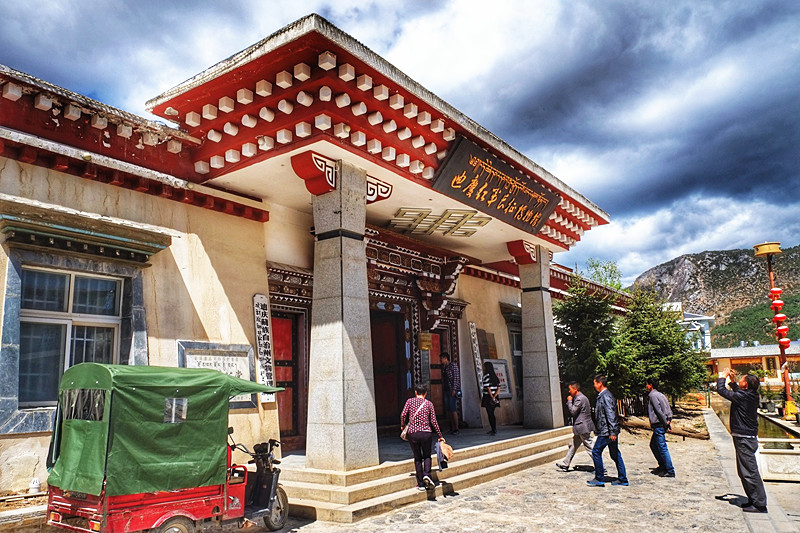
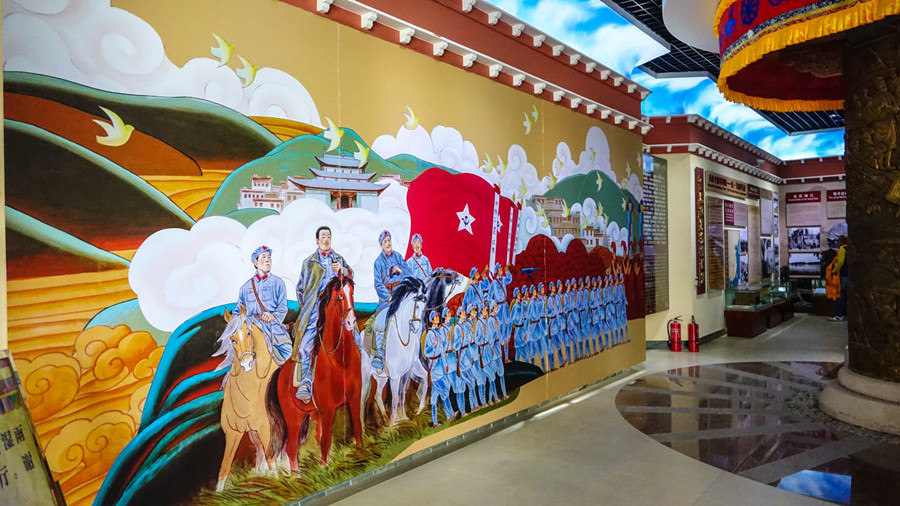
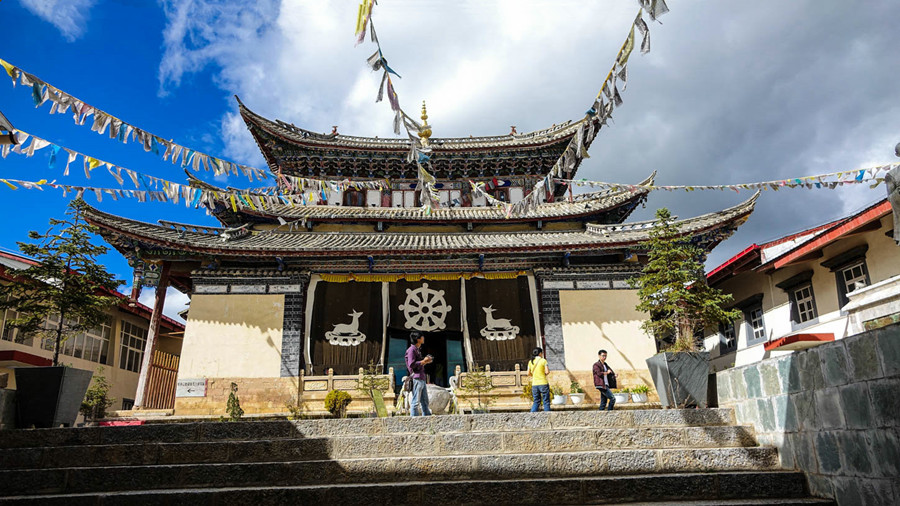
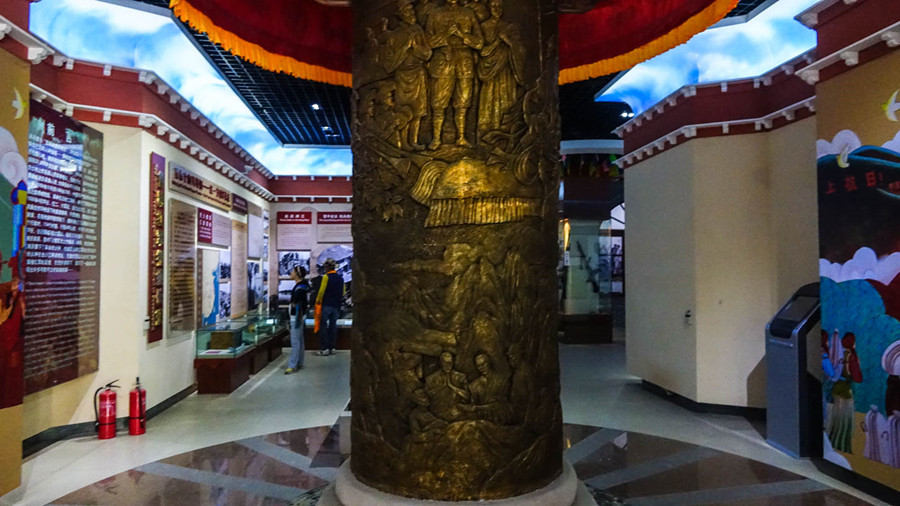
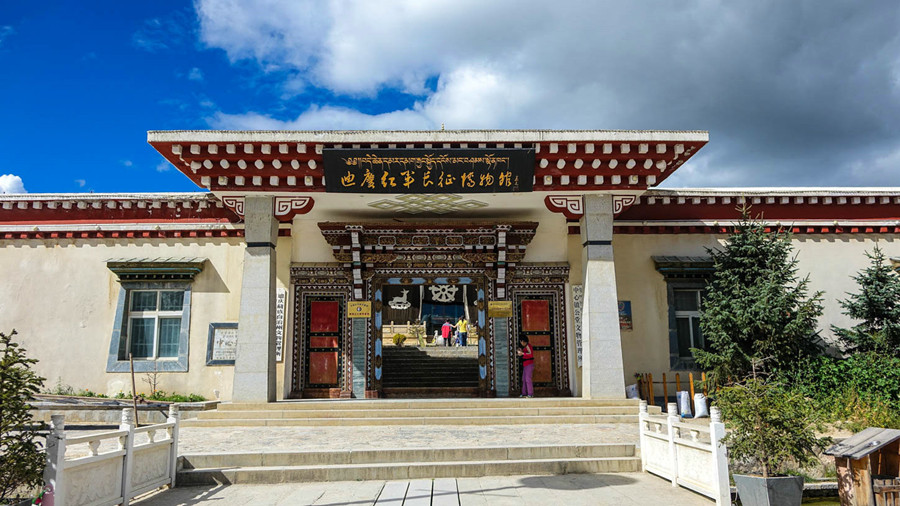
The Nationalities Museum of Diqing Tibetan Autonomous Prefecture (迪庆藏族自治州民族博物馆, Dìqīng zàngzú zìzhìzhōu mínzú bówùguǎn) is a significant cultural institution located on Sanhao Road (三号路, Sān hào lù) in Shangri-La (香格里拉, Xiānggélǐlā), Yunnan Province. With a total construction area of 5,420 square meters, the museum opened its doors to the public in September 1997.
The museum showcases artifacts from the Geden Neolithic Culture (戈登新石器文化, Gēdēng xīn shíqì wénhuà) discovered in Weixi Lisu Autonomous County (维西傈僳族自治县, Wéixī lǐsù zìzhìxiàn), indicating that human life in Diqing dates back over 6,000 to 7,000 years. The burial sites and associated artifacts from locations like Yongzhi, Nagu, and Shidi in Deqin County (德钦县, Déqīn xiàn) reveal the rich indigenous culture created by early Tibetans more than 2,300 years ago.
As a tribute to the 40th anniversary of Diqing’s establishment, the museum was built near Moonlight Square (月光广场, Yuèguāng guǎngchǎng) and occupies a total area of 5,420 square meters, with an exhibition space of 3,576.84 square meters.
A new building for the museum was constructed adjacent to Moonlight Square, starting in 2006 and opening in September 2007. This facility encompasses 3,239 square meters, with dedicated areas for exhibitions, multimedia, and offices.
The museum features four main exhibition halls, titled “Nature of Shangri-La,” “History of Shangri-La,” “Culture of Shangri-La,” and “Contemporary Shangri-La.” These halls collectively illustrate the distinctive natural, historical, and cultural aspects of the Tibetan region in Yunnan, alongside the accomplishments of the autonomous prefecture over the last fifty years.
The museum’s layout comprises two floors: the first predominantly exhibits Neolithic-era artifacts, while the second focuses on Tibetan medicine and Buddhist philosophy. There is also a consultation room for Tibetan medicine practice.
The Nationalities Museum of Diqing acts as a vital platform for showcasing the social history, ethnic diversity, and natural resources of the region. Recognized by the Yunnan Provincial Government as both a provincial-level popular science education base and a patriotic education base, the museum is dedicated to promoting the understanding of local history and culture, alongside serving as an educational resource for the youth.
Under the governance of the Diqing Cultural Bureau (迪庆州文化局, Dìqīng zhōu wénhuà jú), the museum is a fully government-funded institution. It currently employs a staff of 9 individuals, including 2 with bachelor’s degrees and 7 with associate degrees. The team consists of various professionals, including one senior-level and two mid-level specialists.
The museum has been actively involved in various cultural exchanges:
Visitors can reach the Nationalities Museum of Diqing by public transport to Shangri-La. The museum is centrally located in Dukezong Ancient Town, which is easily walkable from major transport hubs and accommodations in the area.
The Nationalities Museum of Diqing Tibetan Autonomous Prefecture provides an enriching experience, reflecting the area’s cultural richness and history, making it a must-visit destination for anyone interested in Tibetan culture and the heritage of Yunnan Province.
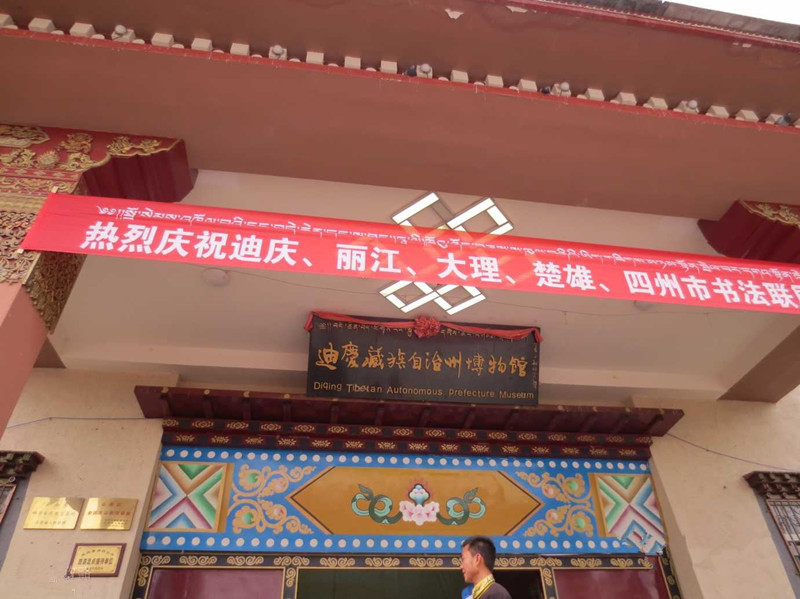
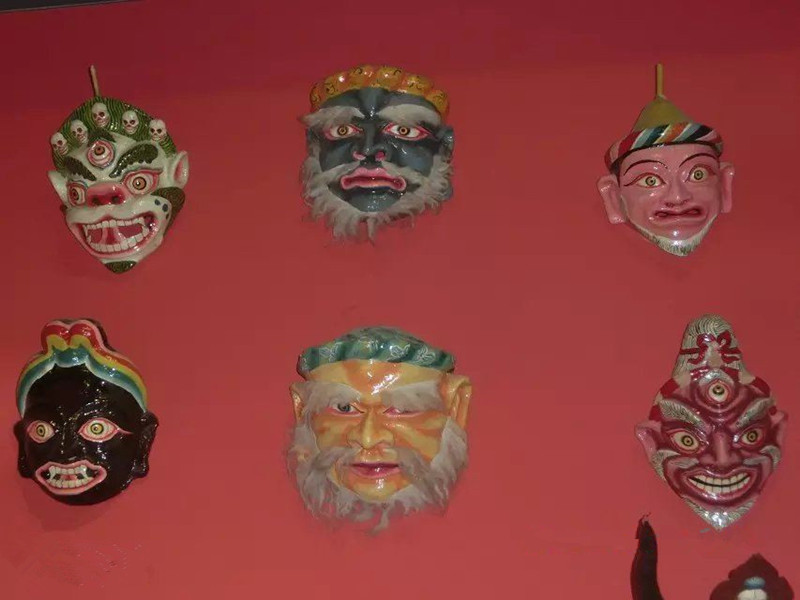
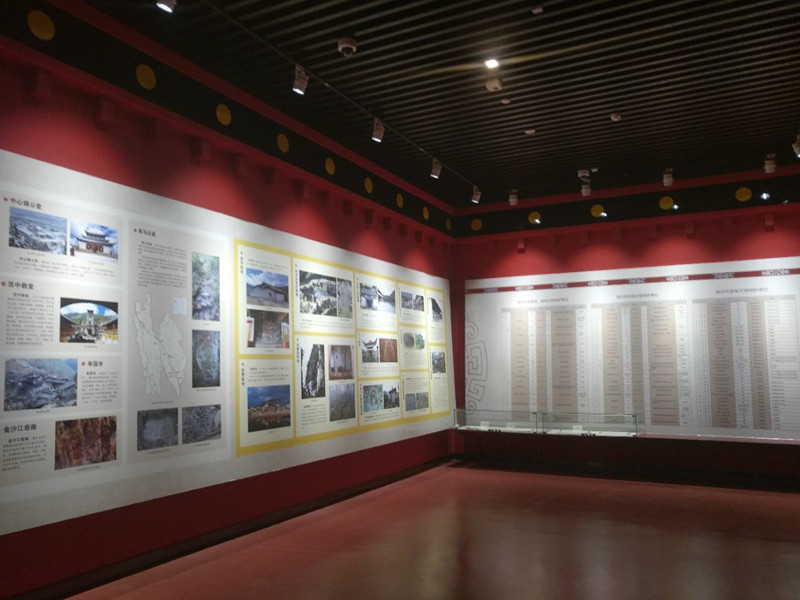
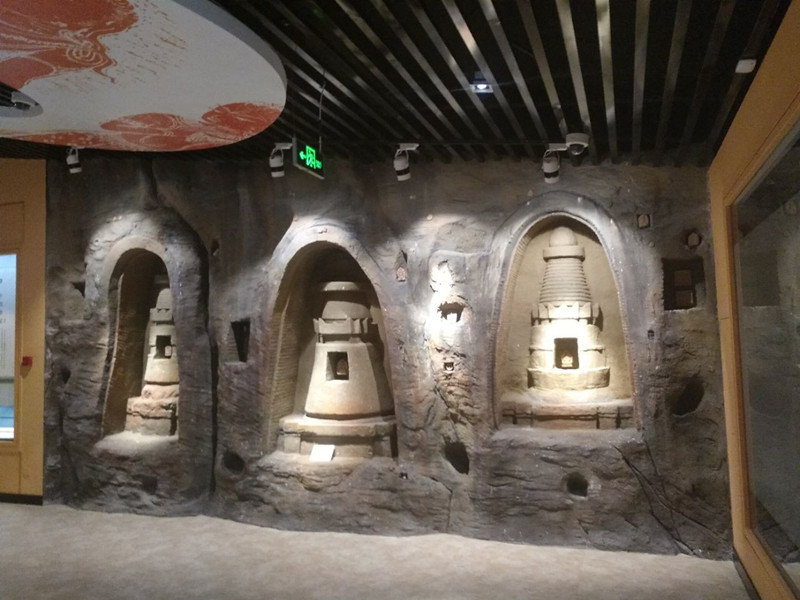
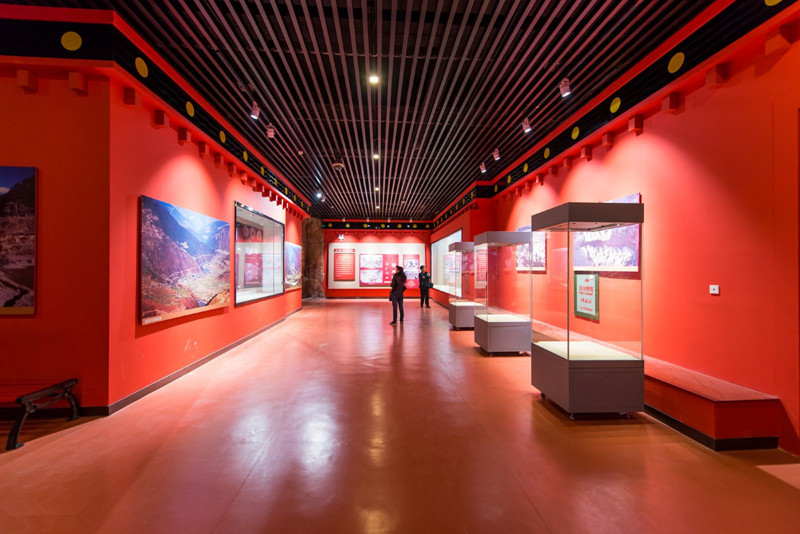
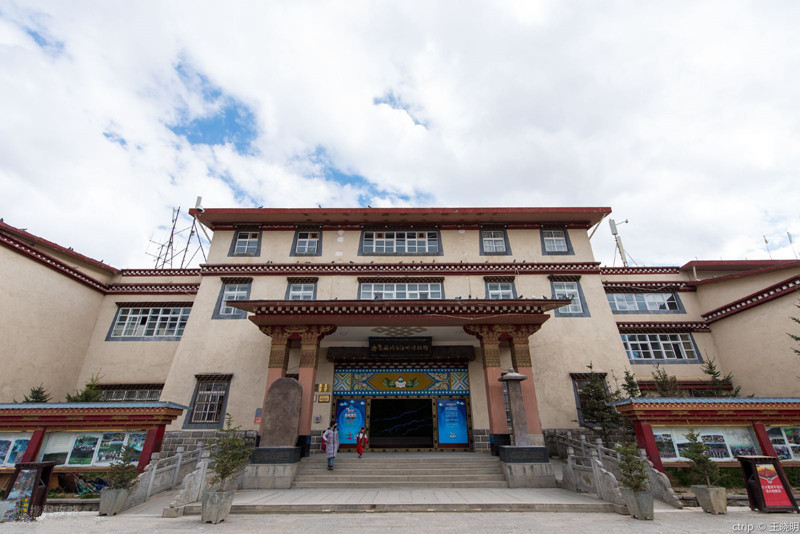
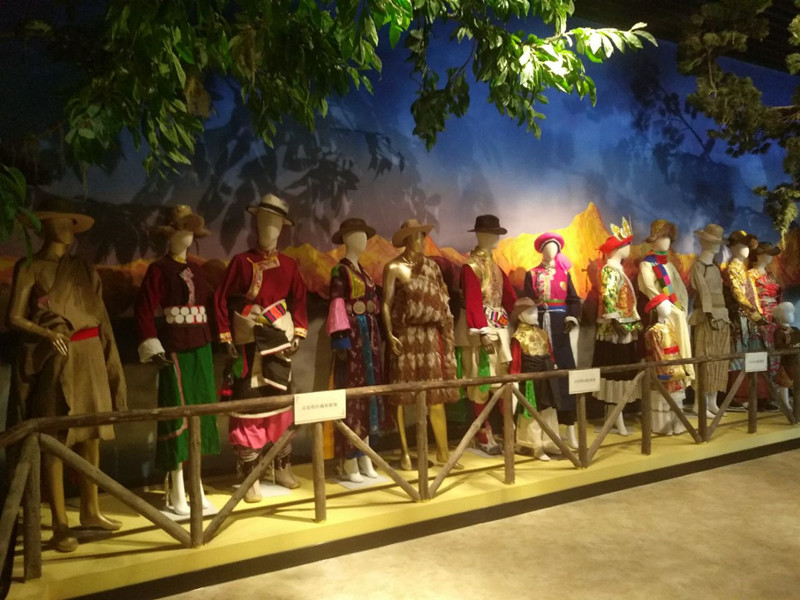
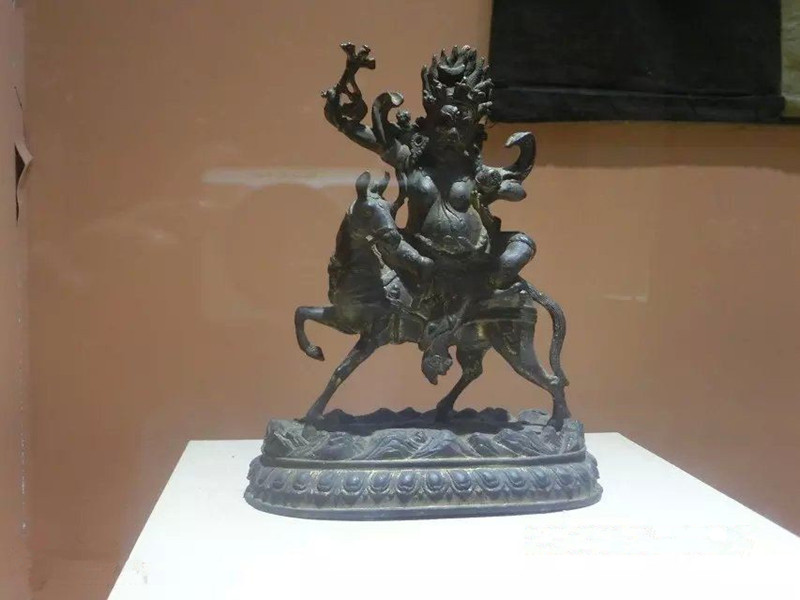
The Diqing Prefecture Tibetan Medicine Culture Museum (迪庆州藏医药文化博物馆) is located on the second floor of the Diqing Prefecture Museum in the ancient town of Dukezong (独克宗古城), Shangri-La County (香格里拉县), Yunnan Province (云南省). It opened on May 1, 2009, as part of the “Great Shangri-La Cultural Circle” development and cooperation project. The museum represents a cultural collaboration between the Diqing Prefecture Museum and the China Tibetan Medicine Culture Institute, aimed at promoting academic exchanges on Tibetan culture among the five major Tibetan regions in China.
The museum’s theme revolves around the essence of Tibetan culture—Tibetan medicine culture. Tibetan medicine culture embodies the traditional life, human spirit, and health practices of the Tibetan people in the plateau region. Based on the indigenous primitive medicine (Bon medicine), ancient Indian medicine, traditional Western medicine, and traditional Chinese medicine, Tibetan medicine has evolved into a comprehensive ethnic medical system that integrates medical theories and treatment methods through the interplay and integration of various Tibetan medical schools. It is not only an organic part of Tibetan culture but also its most scientifically valuable and widely recognized aspect.
The museum utilizes artifacts and images, along with professional explanations, to illustrate the relationship between the development of Tibetan medicine culture and Tibetan Buddhism. Visitors can gain a comprehensive understanding of the essence of Tibetan medicine culture.
The museum houses a complete set of 80 medical mandalas from the “Four Medical Classics” (四部医典). Some of these medical mandalas are displayed and introduced in the exhibition hall.
Mandalas: “Man” means “medicine” or “drug,” while “Tangka” (唐卡) is a unique art form in Tibetan culture. Mandalas serve as teaching charts for medicine, vividly expressing the entire content of the foundational medical work “Four Medical Classics” through 80 colorful Tangka and over 4,900 images.
The museum is divided into six exhibition areas:
Additionally, there is a Tibetan Medicine Culture Consultation Area for visitors interested in deepening their understanding of Tibetan medicine.
The relationship between Tibetan Buddhism and Tibetan medicine is profound. Tibetan medicine has survived through history, closely linked to the spread of Buddhism. Before Buddhism arrived in Tibet, the Bon religion (本教), which also practiced healing, was prevalent among the ruling class. Historical texts indicate that early Tibetan history saw the merging of medicine and shamanism, with Bon priests often practicing medicine.
In the early 6th century, Indian Buddhism entered Tibet, significantly influenced by the two devout Buddhist princesses, Wencheng (文成公主) and Chizong (尺等公主), who married Songtsen Gampo (松赞干布). The growth of Buddhism paralleled the expansion of Tibetan medicine, marked by the establishment of monasteries and the increasing number of monks and nuns engaged in medical practices, all rooted in Tibetan medicine.
Yutuo Ningma Yuandan Gongbu (宇妥宁玛·元丹贡布, 708–833 AD) is recognized as the greatest physician in Tibetan medical history and the founder of its theoretical system. His family was renowned for its medical expertise and served as royal physicians. Yuandan Gongbu was deeply dedicated to enhancing his medical practice, traveling extensively throughout Tibet to gather folk remedies and learning from Indian and Han medical traditions.
He authored the Tibetan medical classic “Four Medical Classics” (四部医典), comprising 156 chapters divided into four parts: Root Medical Classic (根本医典), Discussion Medical Classic (论说医典), Secret Medical Classic (秘诀医典), and Subsequent Medical Classic (后续医典). This comprehensive work details the theoretical foundations of Tibetan medicine, including the Five Element Theory (五元学说) and the Three Causes Theory (三因学说), alongside methods for diagnosing and treating diseases.
The exhibition area showcases 32 traditional surgical instruments used in Tibetan medicine, providing a systematic and intuitive introduction to its theories and practical techniques. The exhibition reflects the surgical practices that have been part of Tibetan medicine for over 2,000 years, including ancient cranial surgery and the world’s first eye surgery, highlighting the sophistication and wisdom of early Tibetan medical practitioners.
Tibetan medicinal materials are categorized into plant, animal, and mineral sources. The unique aspect of Tibetan medicine involves the use of minerals, which undergo qualitative transformations through a technique known as “Zuotai” (佐太), recognized as an intangible cultural heritage. This technique remains confidential and is only mastered by a select few experts or temples.
Historically, Tibetan medicine has been predominantly practiced within Tibetan regions, and the “Four Medical Classics” has yet to be fully translated into languages other than Tibetan. However, with the liberation and social openness of Tibetan areas, Tibetan medicine has gained more attention and recognition. The government has shown significant concern for Tibetan medicine culture, leading to the establishment of Tibetan medicine research centers worldwide.
The museum provides detailed explanations through images and offers a consultation area for visitors interested in learning more about Tibetan medical diagnoses and health care.
The Diqing Prefecture Tibetan Medicine Culture Museum is located in Dukezong Ancient Town (独克宗古城), Shangri-La County (香格里拉县), Yunnan Province (云南省). Visitors can reach Shangri-La by taking a flight to Diqing Shangri-La Airport (迪庆香格里拉机场), followed by a taxi or local transportation to Dukezong Ancient Town.
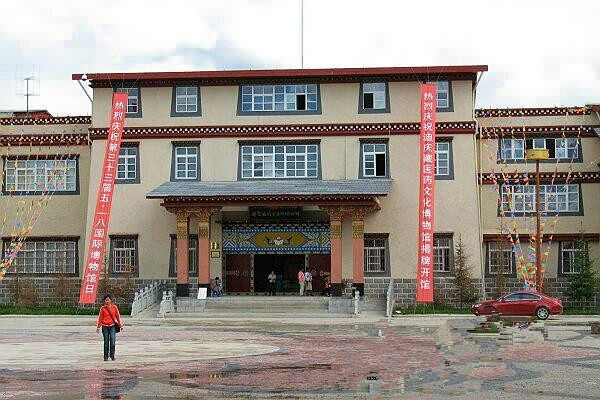
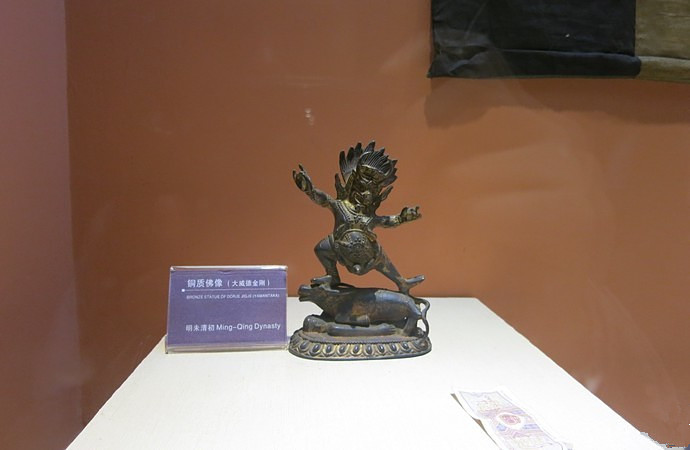
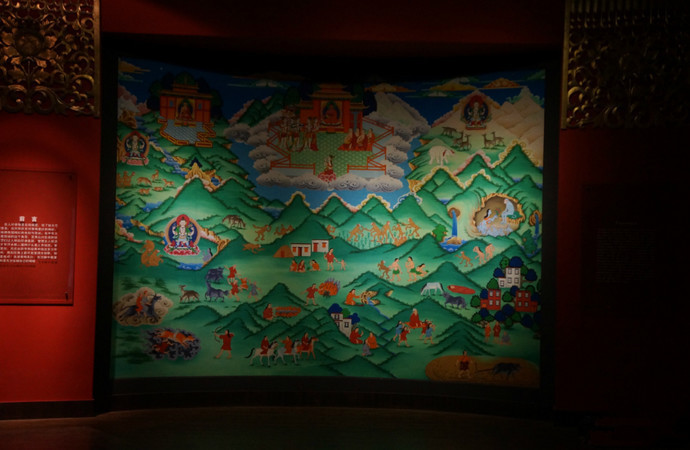
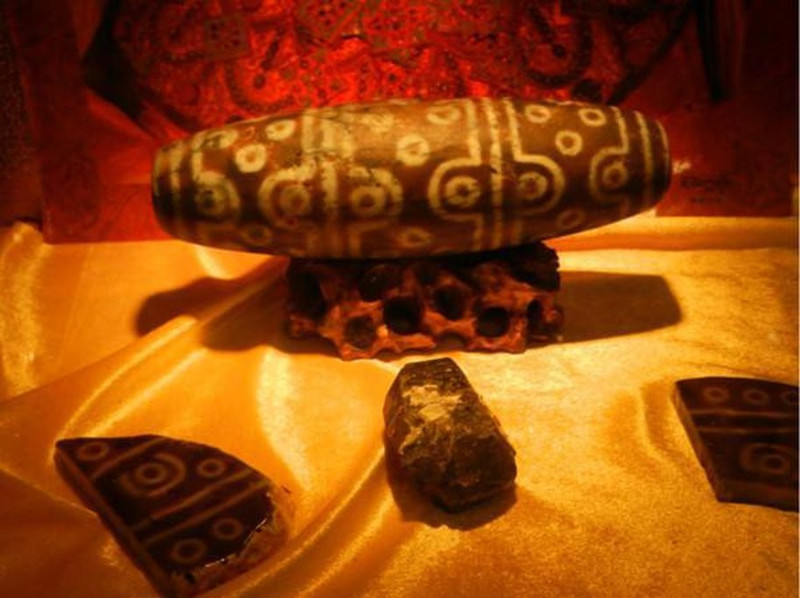








Museums in Yunnan
Overview The Yunnan Silver Museum (云南银器博物馆), also known as the Heqing County Xinhua Village Silver Museum (鹤庆县新华村银器博物馆), is located in Xinhua Shizhaizi (新华石寨子) in Heqing County (鹤庆县). It is...
Overview The Grand Marshal Residence of the President (总统兵马大元帅府, Zǒngtǒng Bīngmǎ Dàyuánshuài Fǔ) is located on the southern section of Fuxing Road (复兴路, Fùxīng Lù) within Dali City (大理市,...
Overview The Dali Rural Film History Museum (Dali Zhou Dianying Dang’anguan, 大理州电影档案馆/大理中国农村电影历史博物馆) is located at 459 Fuxing Road, Dali Ancient City, Yunnan Province, China. It officially opened in 2011,...
Overview The Weishan Folk Custom Museum (巍山民俗博物馆) is located in Renwen Lane on South Street in Weishan Ancient Town, Dali Prefecture, Yunnan Province, China. This private museum was originally...
The Bulang Ecological Museum (布朗族生态博物馆) is located in Zhanglang Village (章朗村), Xiding Township (西定乡), Menghai County (勐海县), within the rich natural and cultural environment of Xishuangbanna (西双版纳). This area...
Overview The Xishuangbanna Nationalities Museum (西双版纳民族博物馆) is located in the tourism resort area of Man Nong Feng (曼弄枫) on Rainforest Avenue (雨林大道) in Jinghong City (景洪市), Xishuangbanna Dai Autonomous...
Overview The Museum of Gejiu City is located at 15 Baohua Road (宝华路15号) within the Yun Temple (云庙) in Gejiu City, Honghe Prefecture (红河州). Established in November 1987, the...
The Hani Ethnic Minority Museum (绿春县博物馆/哈尼族博物馆) is located in the Lüdong New District (绿东新区) of Luchun County (绿春县), Honghe Prefecture (红河州), Yunnan Province (云南省). It is the only museum...
Overview The Maandi Butterfly Exhibition Hall (马鞍底蝴蝶展览馆, Mǎ’āndǐ Huǐdié Zhǎnlǎn Guǎn), also known as Maandi Butterfly Valley (马鞍底蝴蝶谷, Mǎ’āndǐ Huǐdié Gǔ), is located in Jinping County (金平县, Jīnpíng Xiàn),...
The Museum of the Red Army’s Long March (迪庆红军长征博物馆, Dìqīng hóngjūn chángzhēng bówùguǎn) is located at 1 Jīnlóng Street (金龙街, Jīnlóng jiē), Dukezong Ancient Town (独克宗古城, Dúkèzōng gǔchéng), Jian...
The Nationalities Museum of Diqing Tibetan Autonomous Prefecture (迪庆藏族自治州民族博物馆, Dìqīng zàngzú zìzhìzhōu mínzú bówùguǎn) is a significant cultural institution located on Sanhao Road (三号路, Sān hào lù) in Shangri-La...
Overview The Diqing Prefecture Tibetan Medicine Culture Museum (迪庆州藏医药文化博物馆) is located on the second floor of the Diqing Prefecture Museum in the ancient town of Dukezong (独克宗古城), Shangri-La County...
Don't assume you're restricted to the main hubs of Beijing and Shanghai, our tours can start from any city.
For your safety, please register with the Embassy.
Exchange some local currency for your trip
Start planning your tailor-made holiday to China by contacting one of our specialists. Once enquired, you’ll get a response within 0.5~23.5 hours.

Address: Building 4, Yifuyuan, Hehong Road, Xishan District, Kunming, Yunnan, China
Wechat/QQ: 270384698
Office Call: 86-18812220370
Email: Trip@YasoTrip.com
Facebook Page:
https://www.facebook.com/YasoTrip
Tel/WhatsApp: +8618088243690
Trip@YasoTrip.com
Daily: 9:00 am - 6:00 pm
Copyright © 2008 Yaso Trip. All rights reserved
Address: Building 4, Yifuyuan, Hehong Road, Xishan District, Kunming, Yunnan, China
Wechat/QQ: 270384698
Office Call: 86-18812220370
Email: Trip@YasoTrip.com
Facebook Page:
https://www.facebook.com/YasoTrip
Tel/WhatsApp: +8618088243690
Trip@YasoTrip.com
